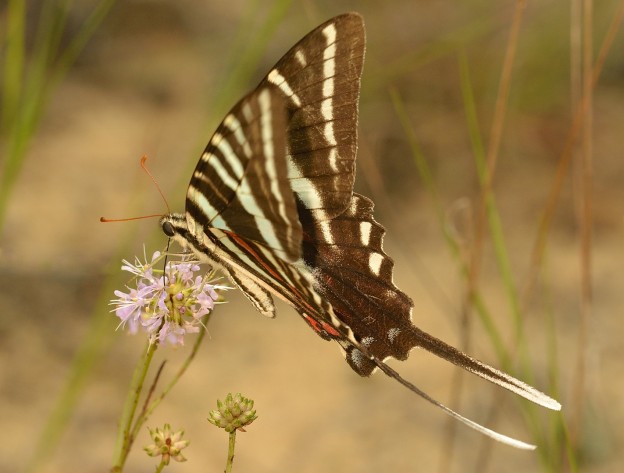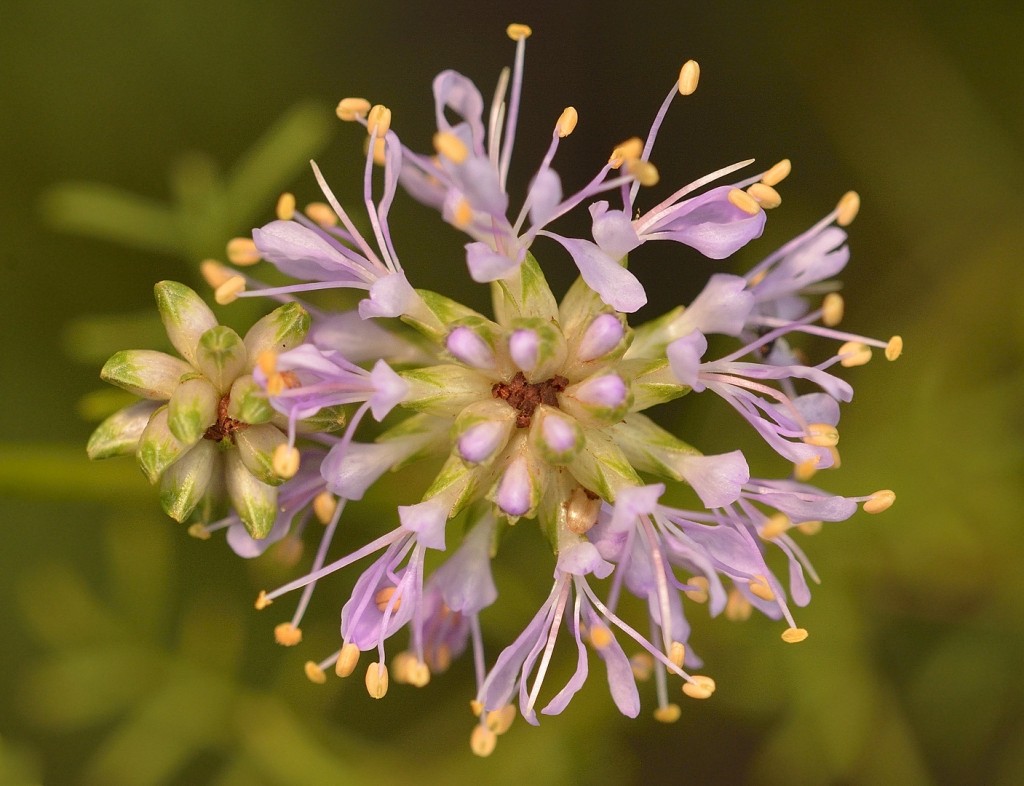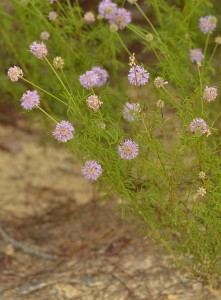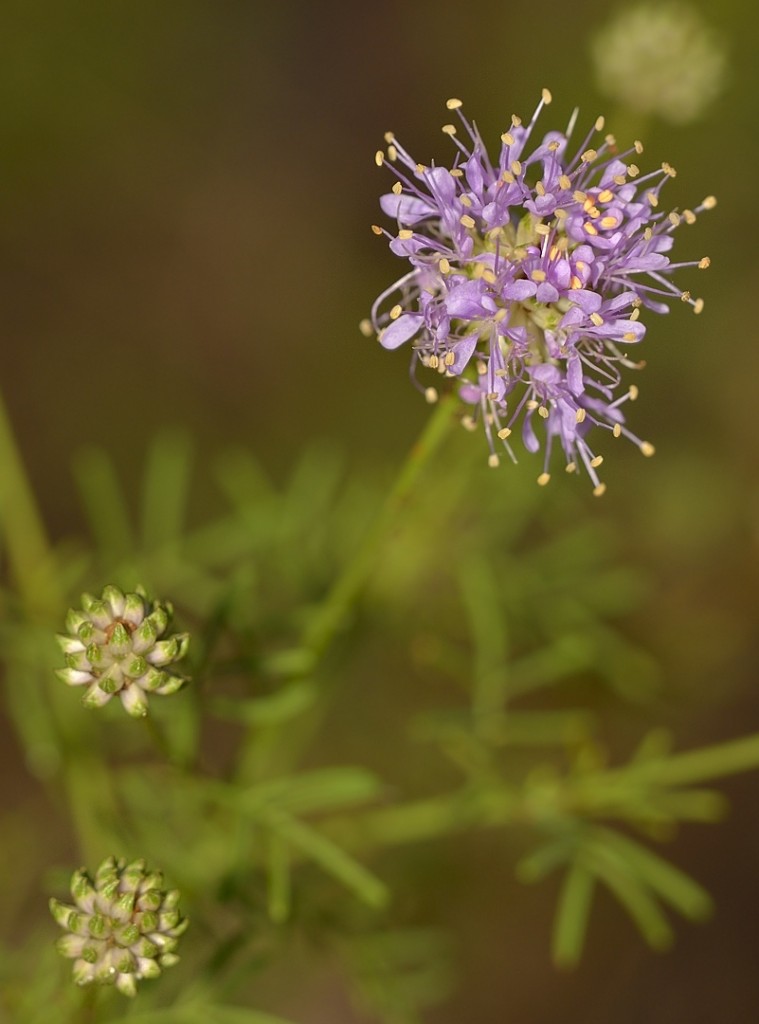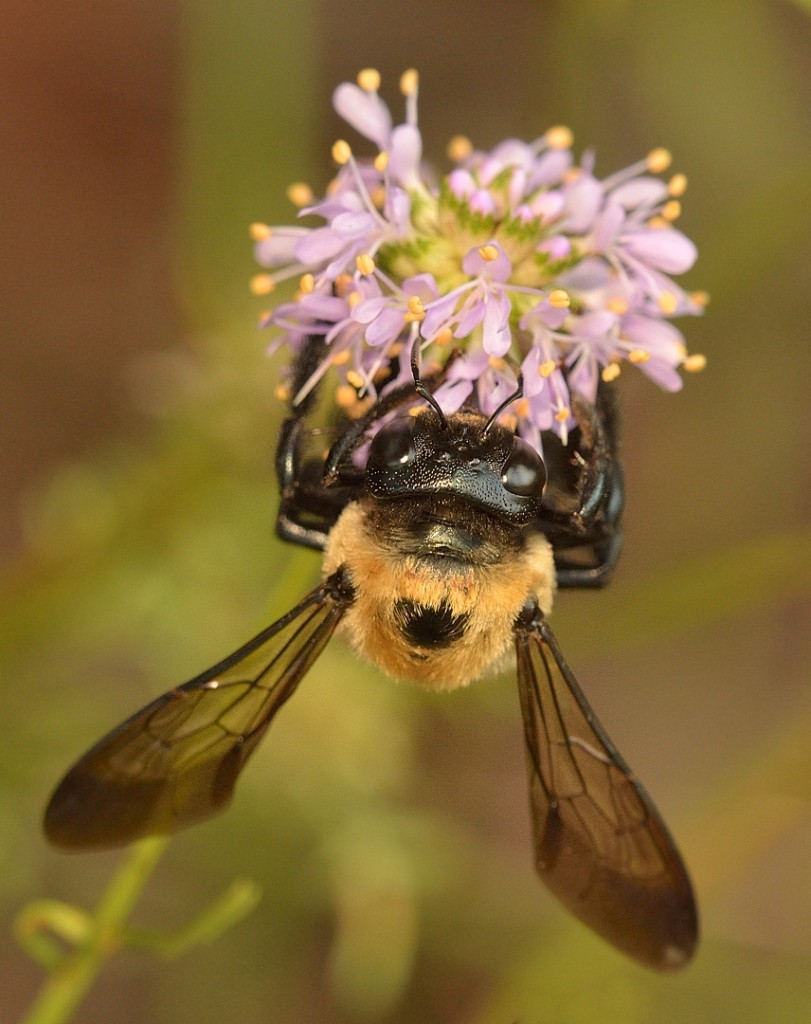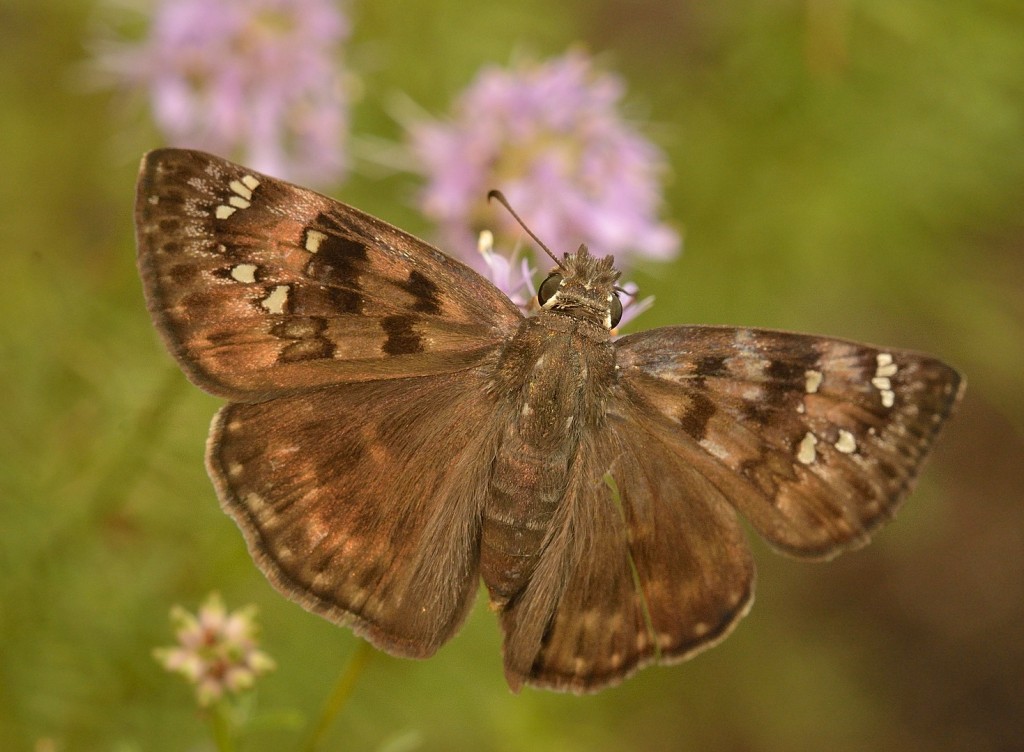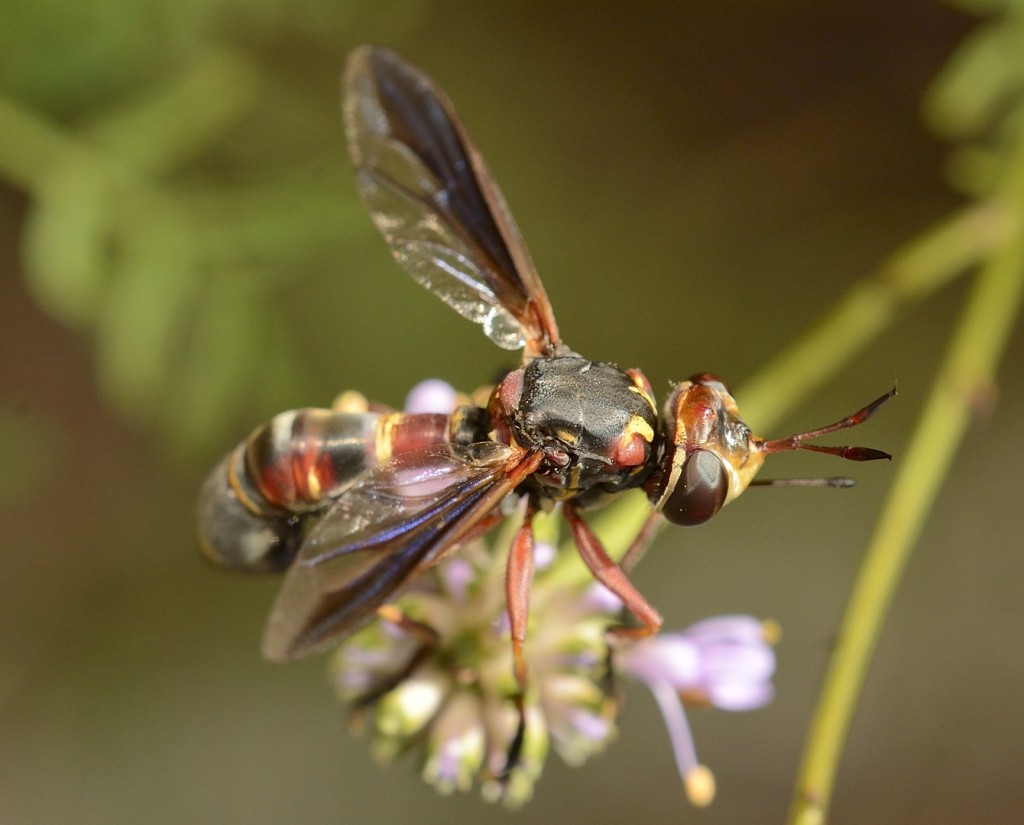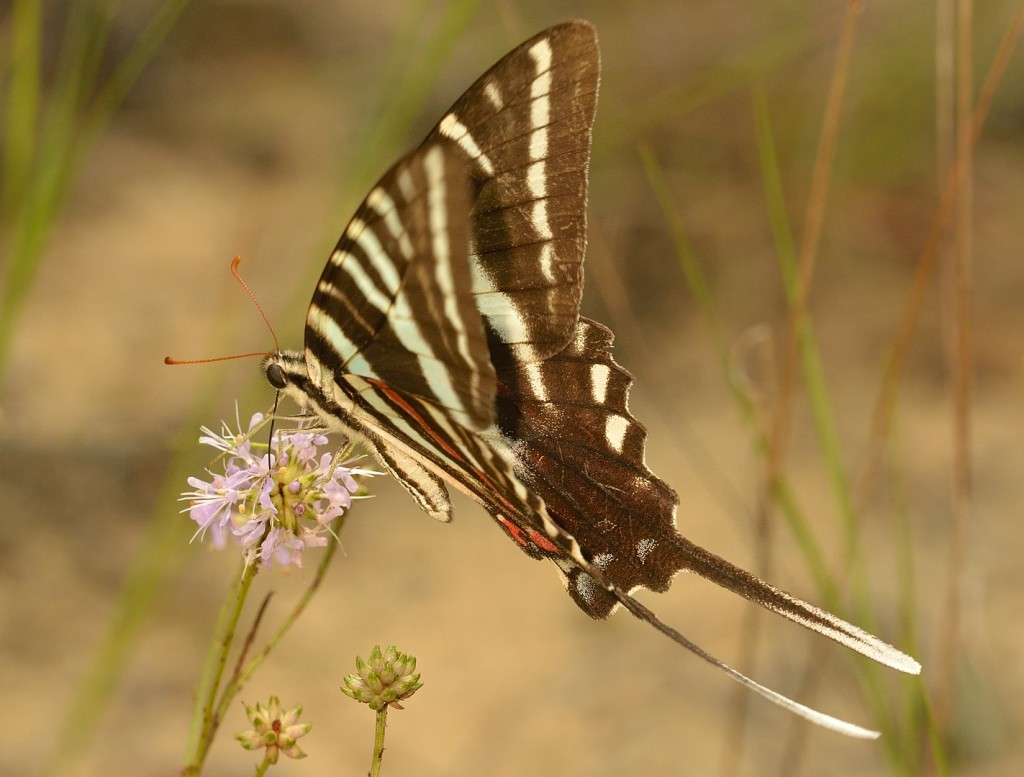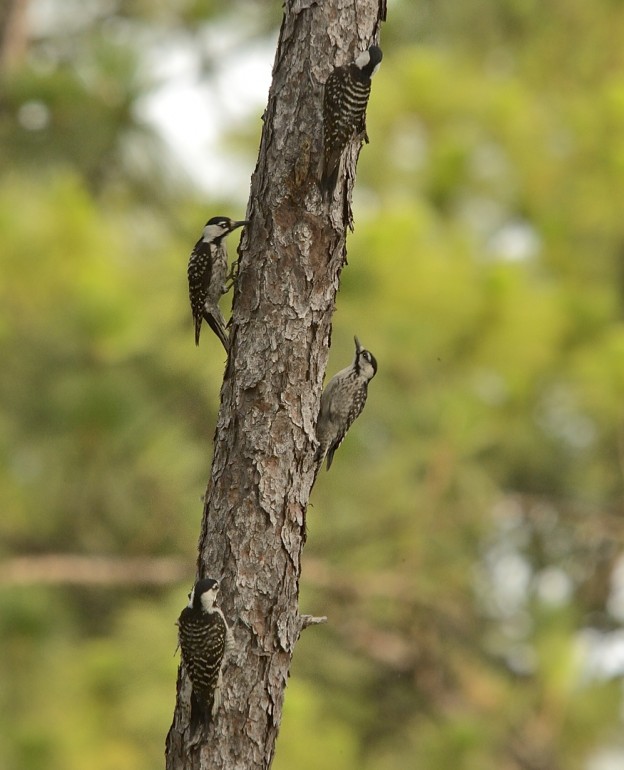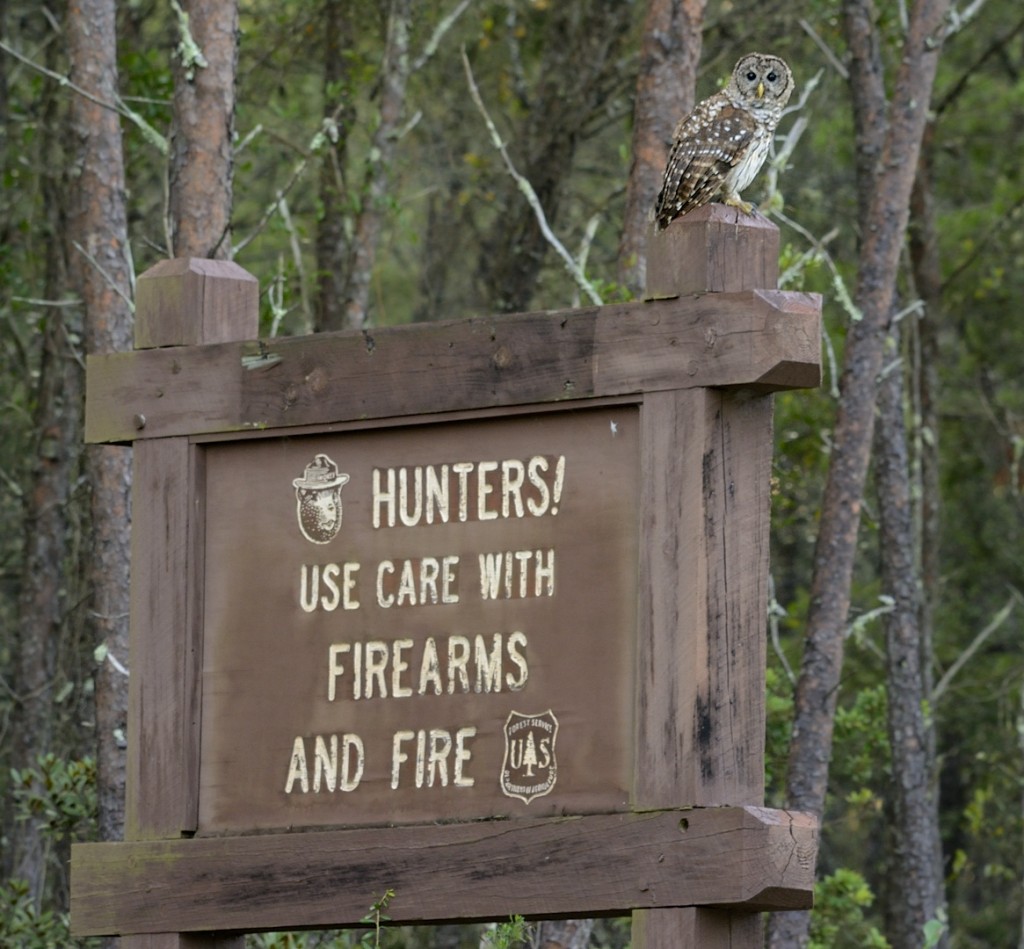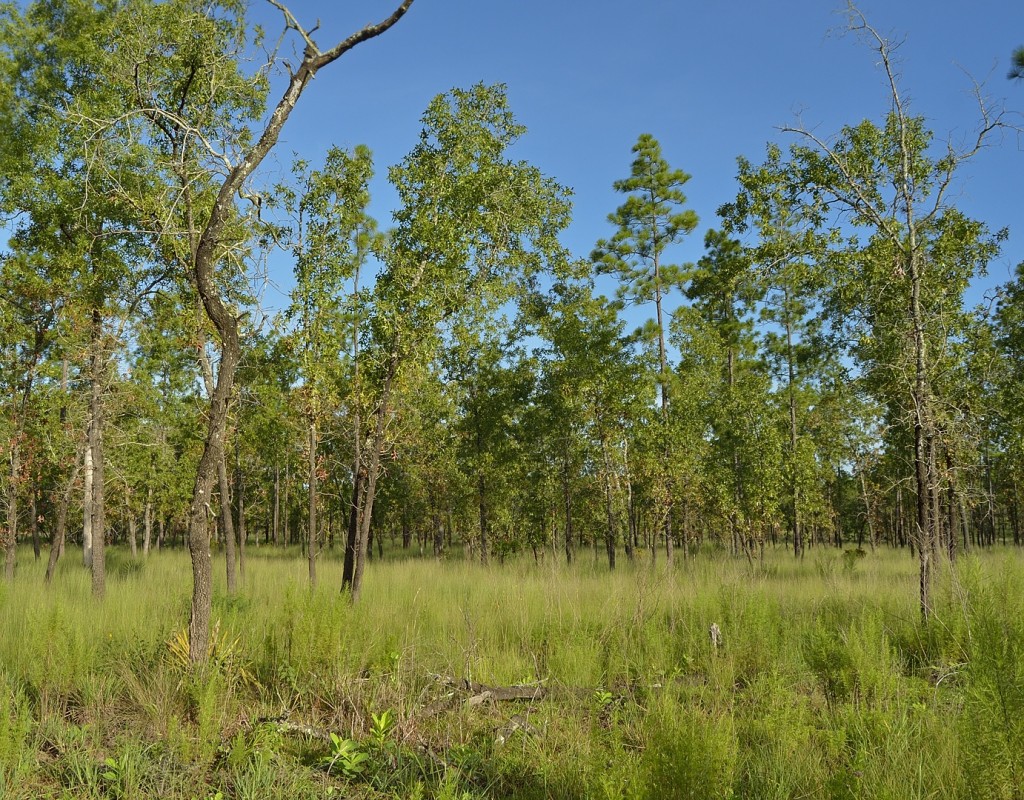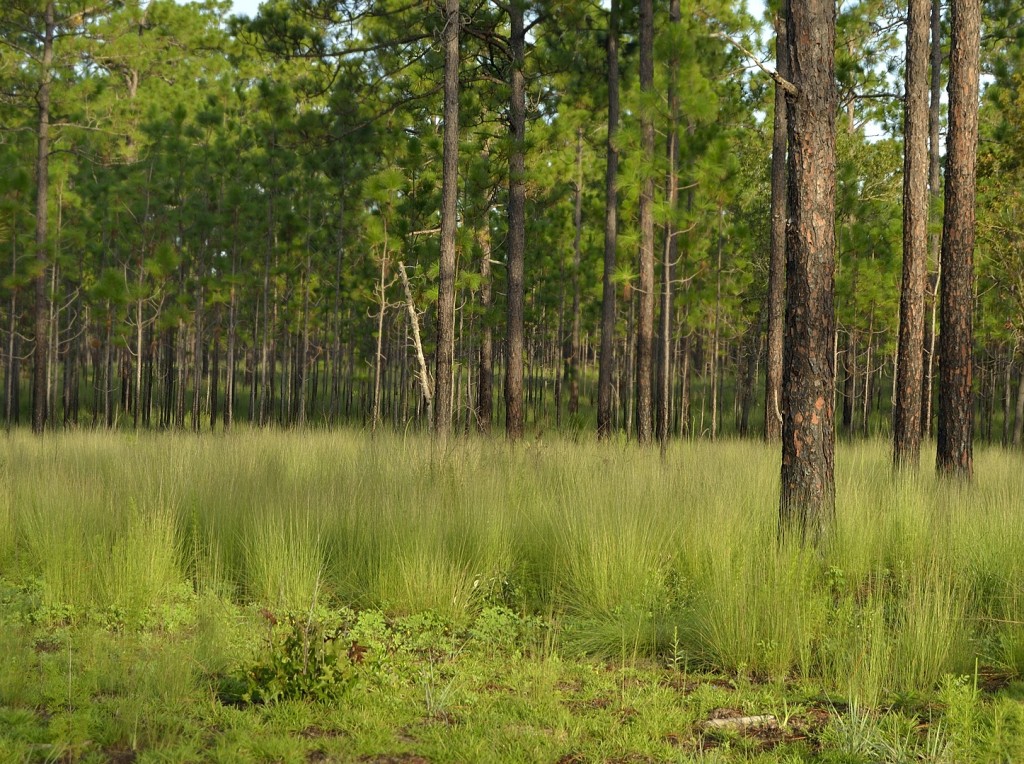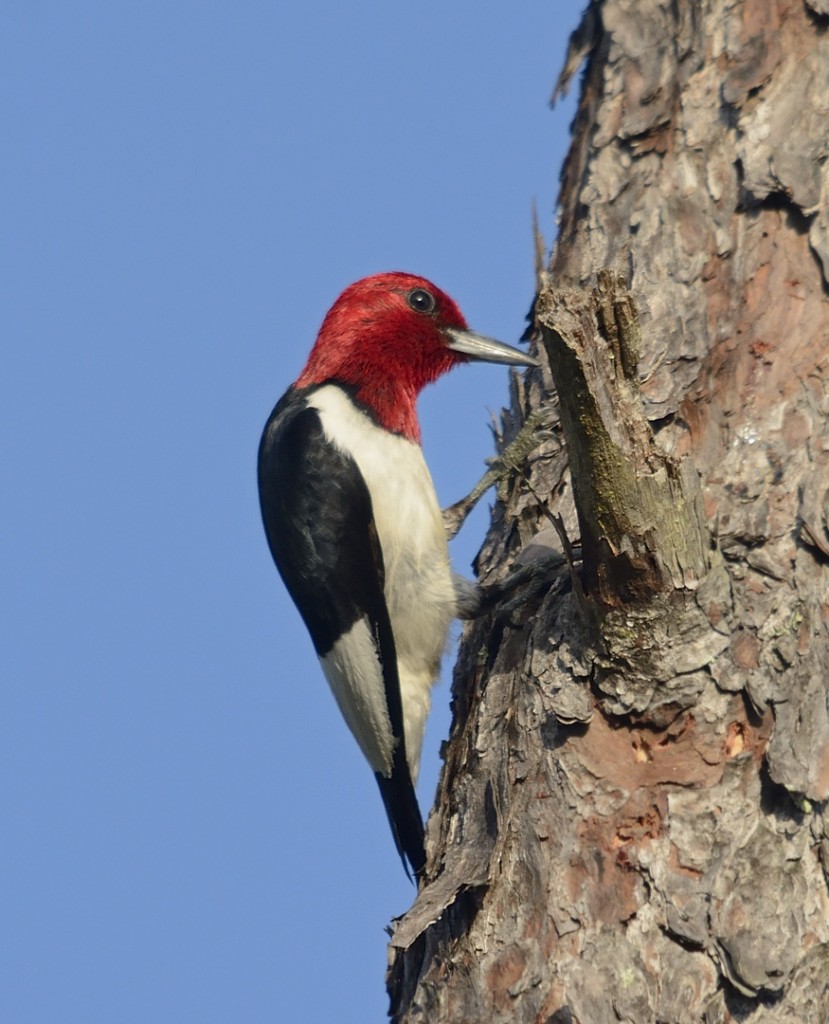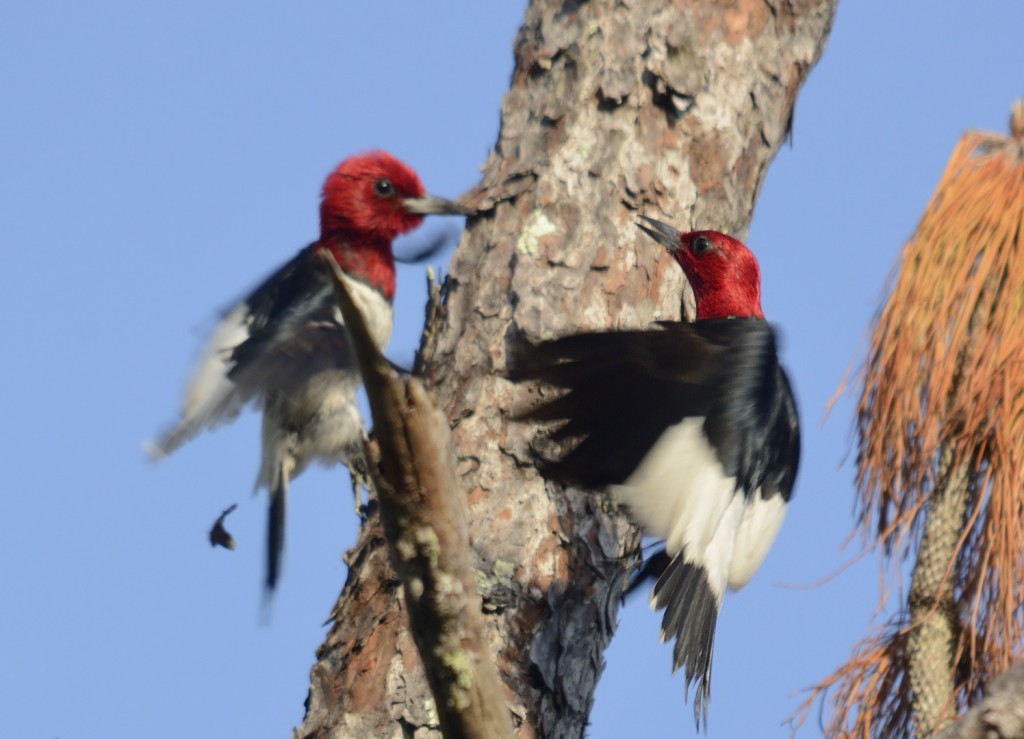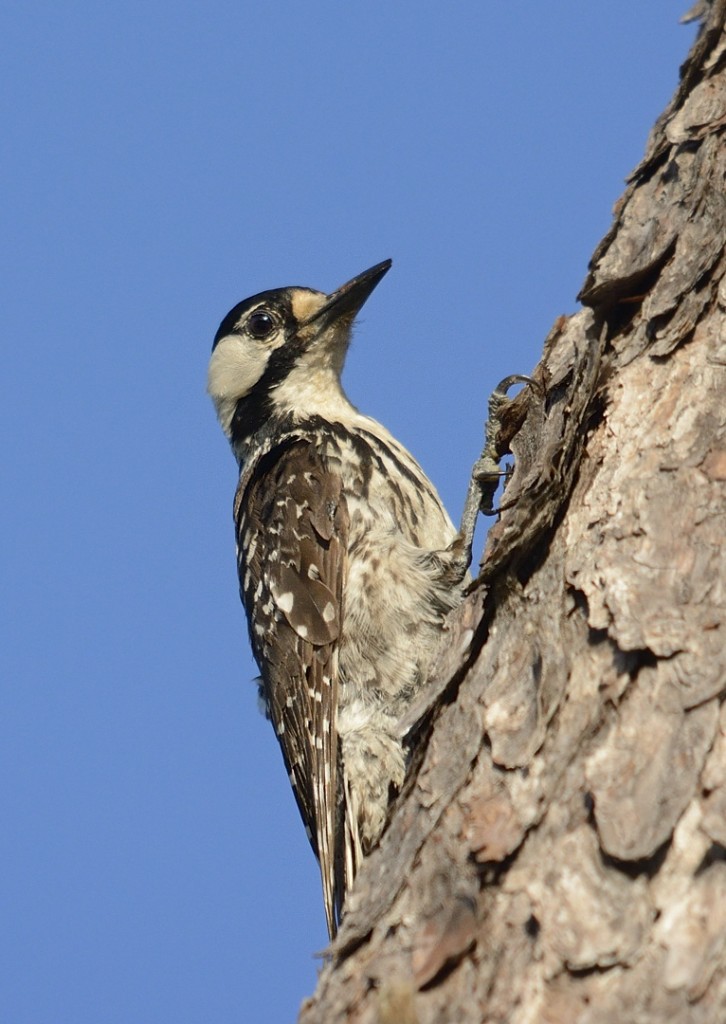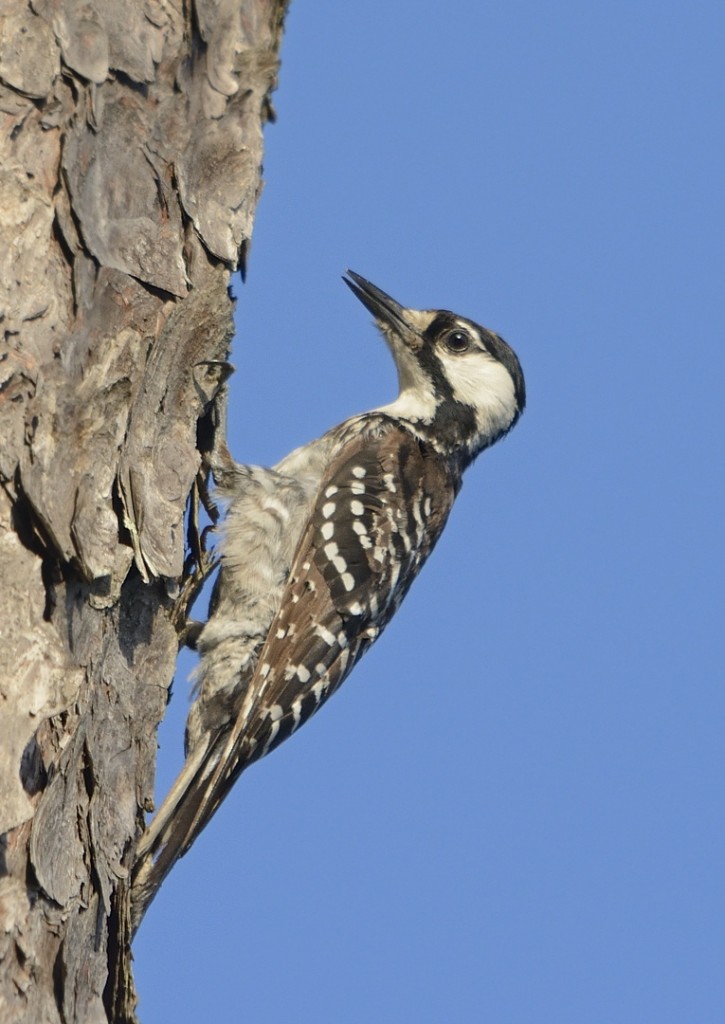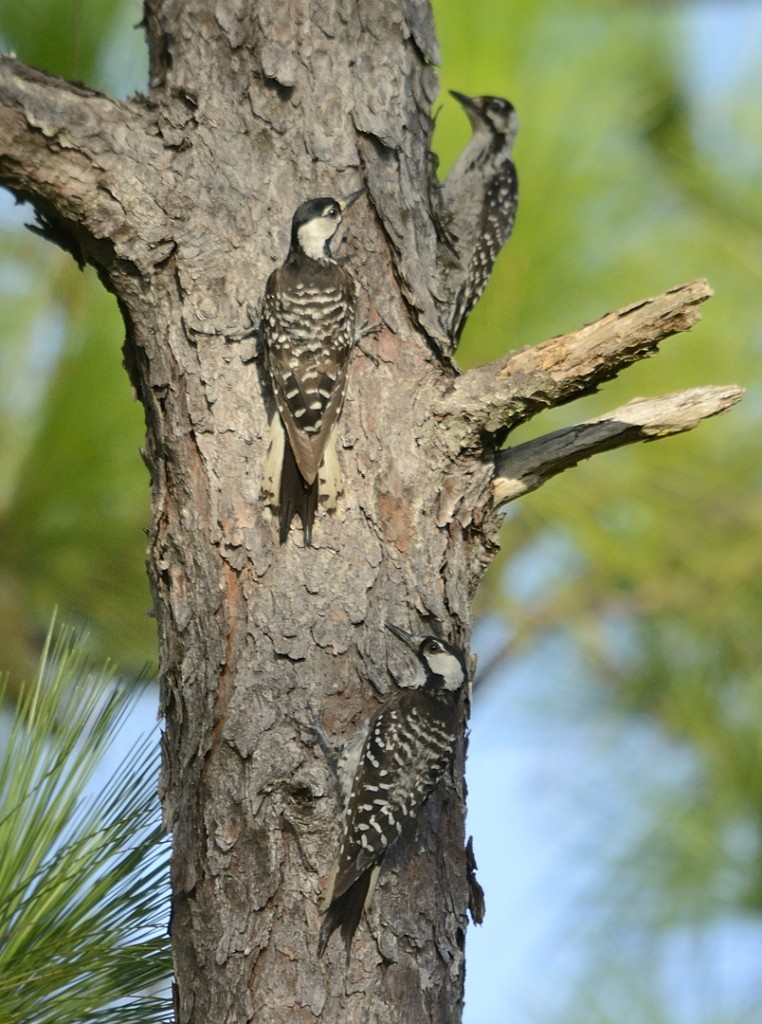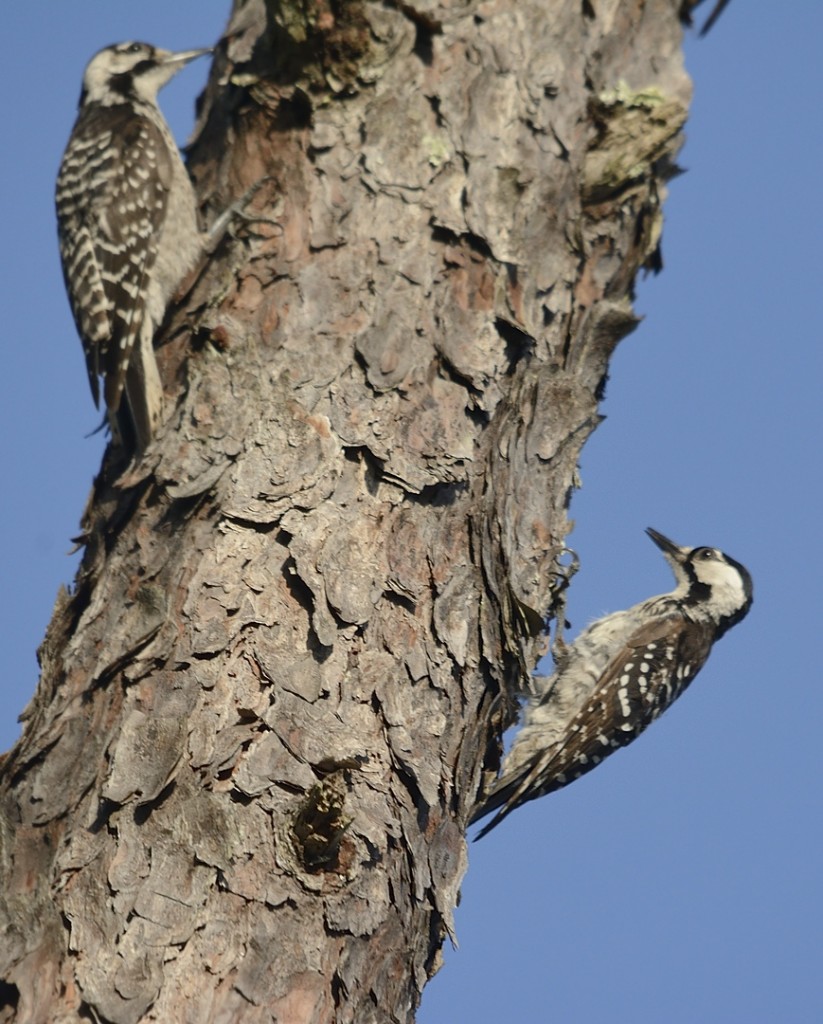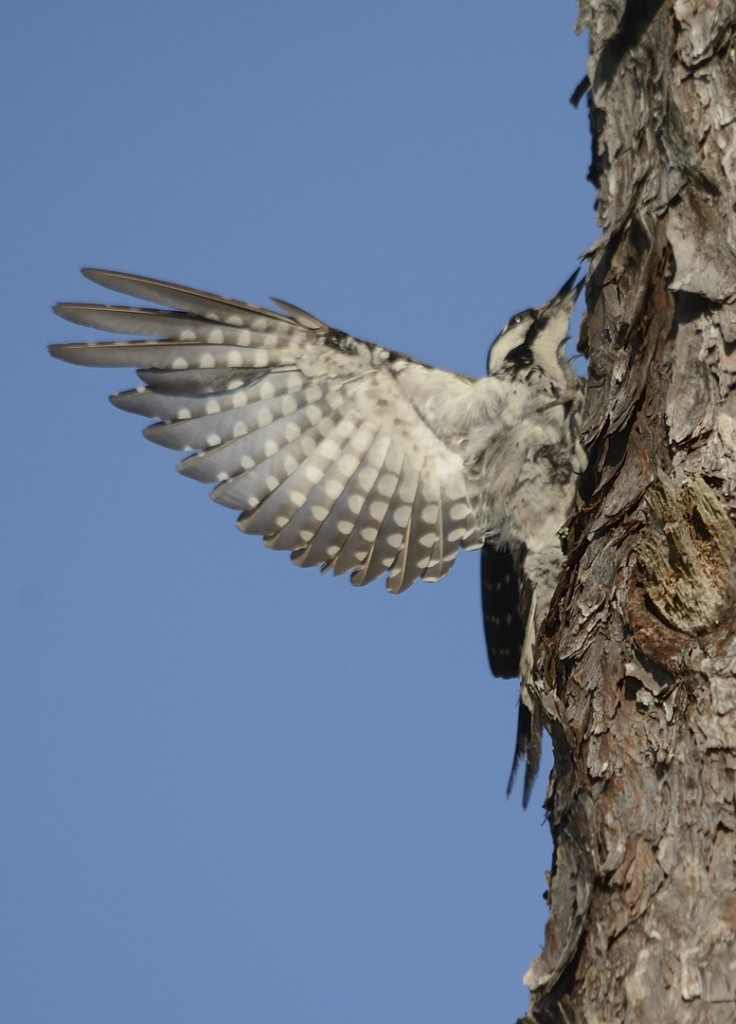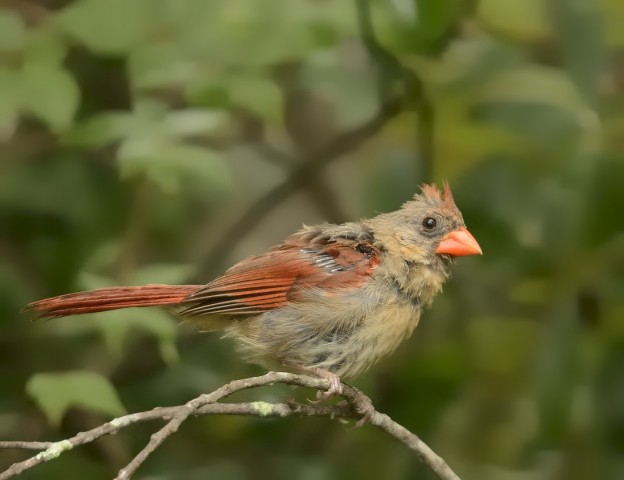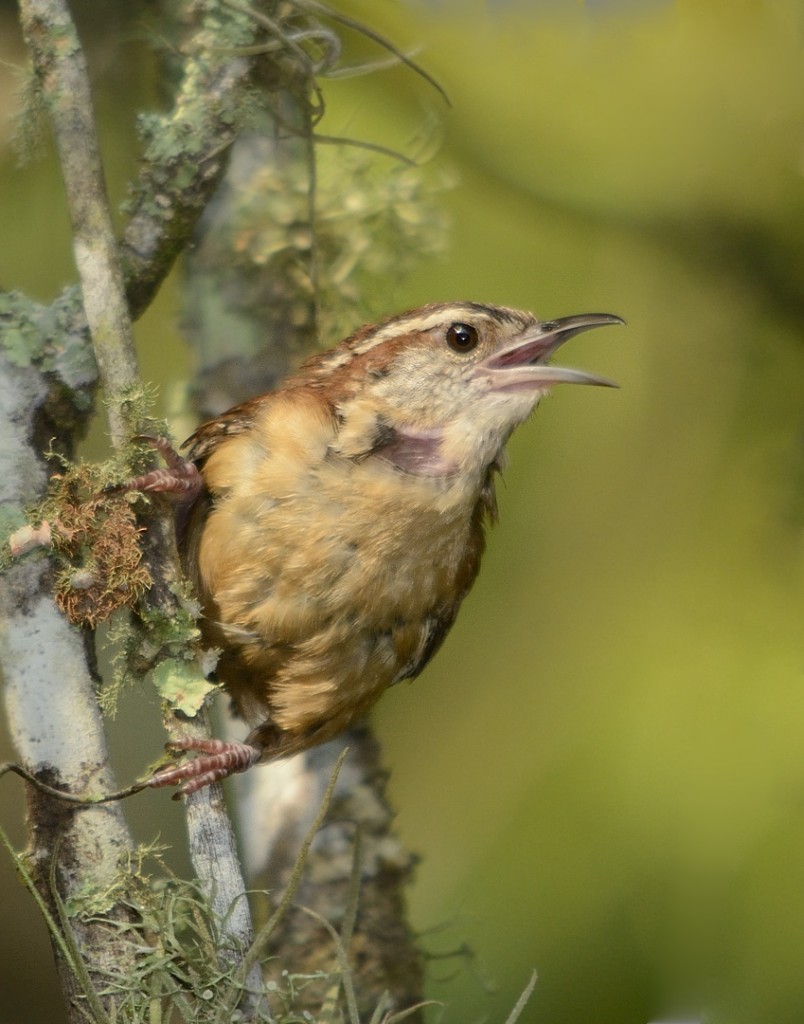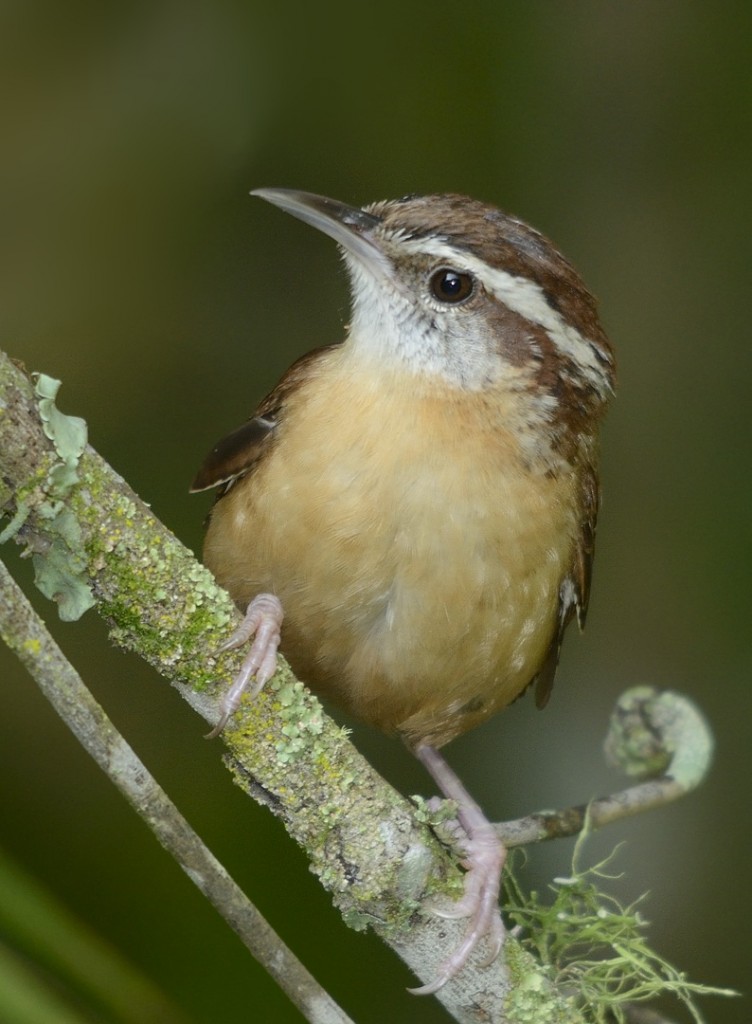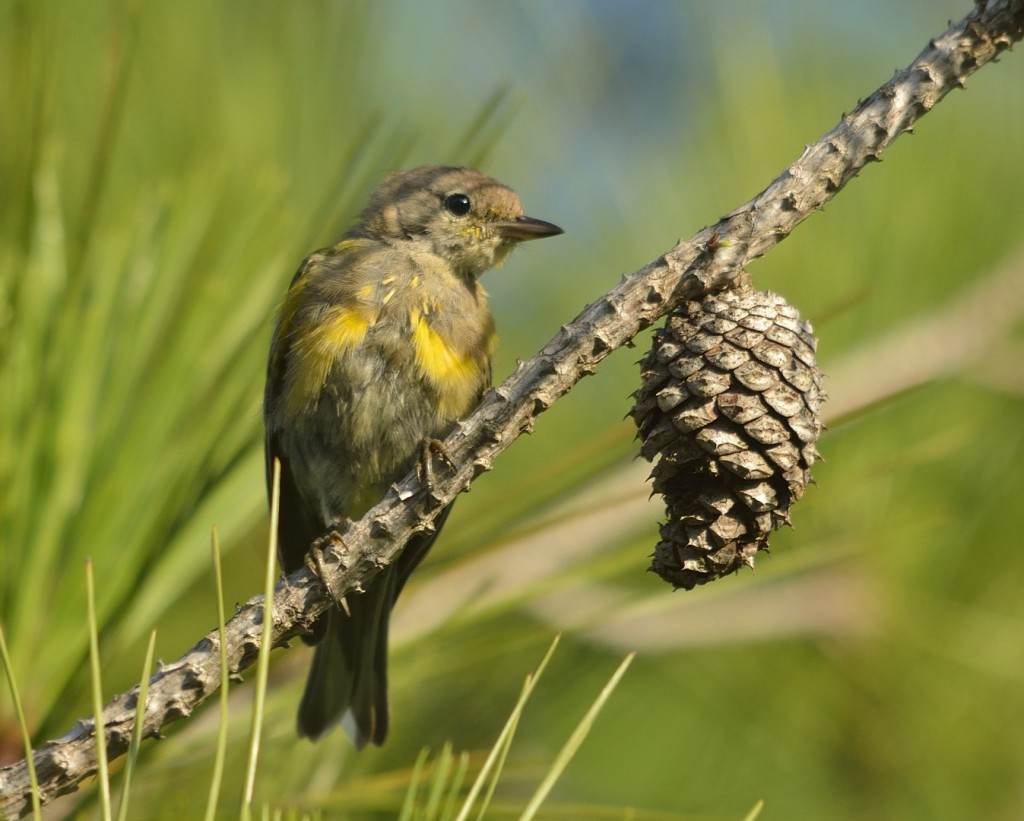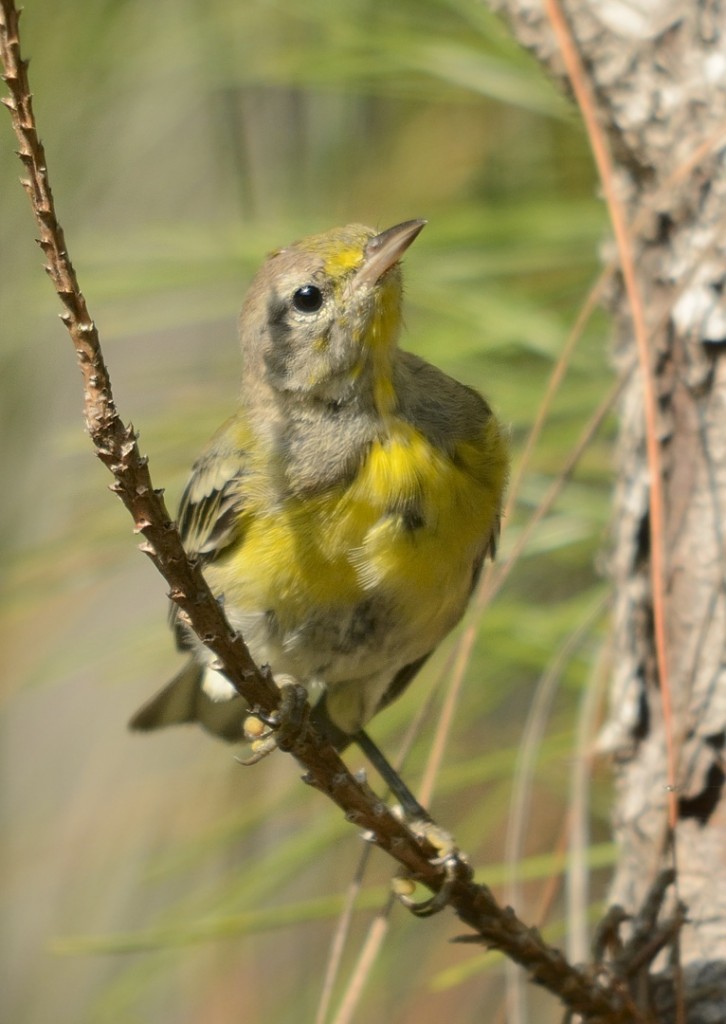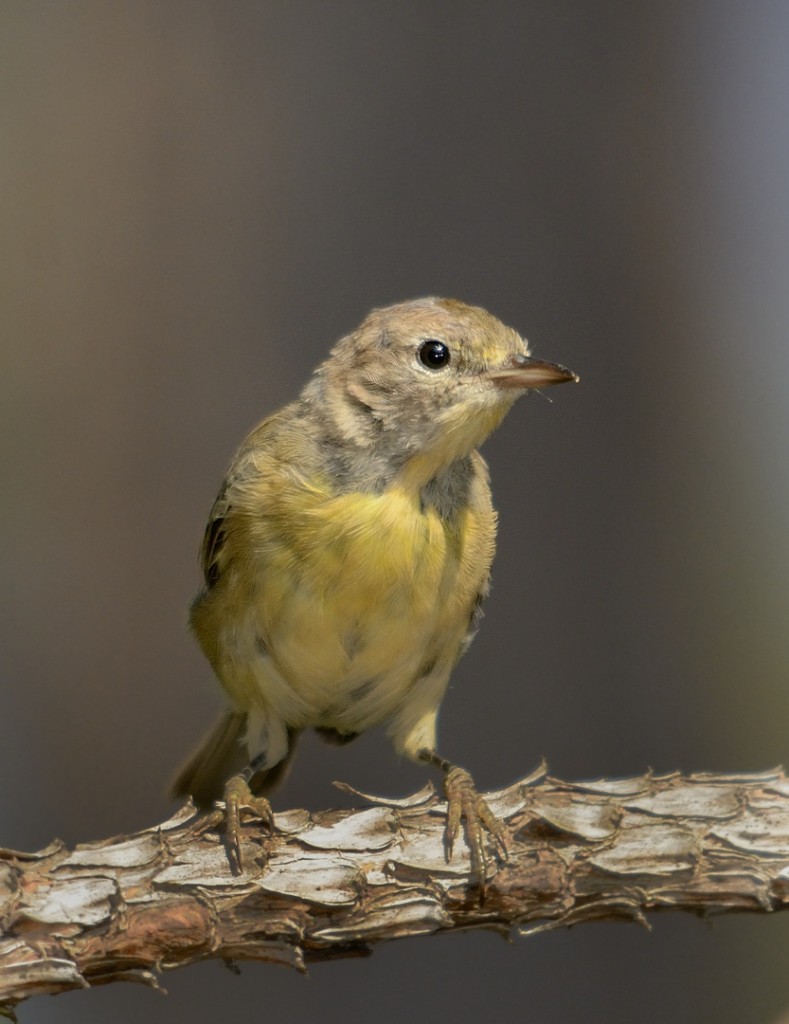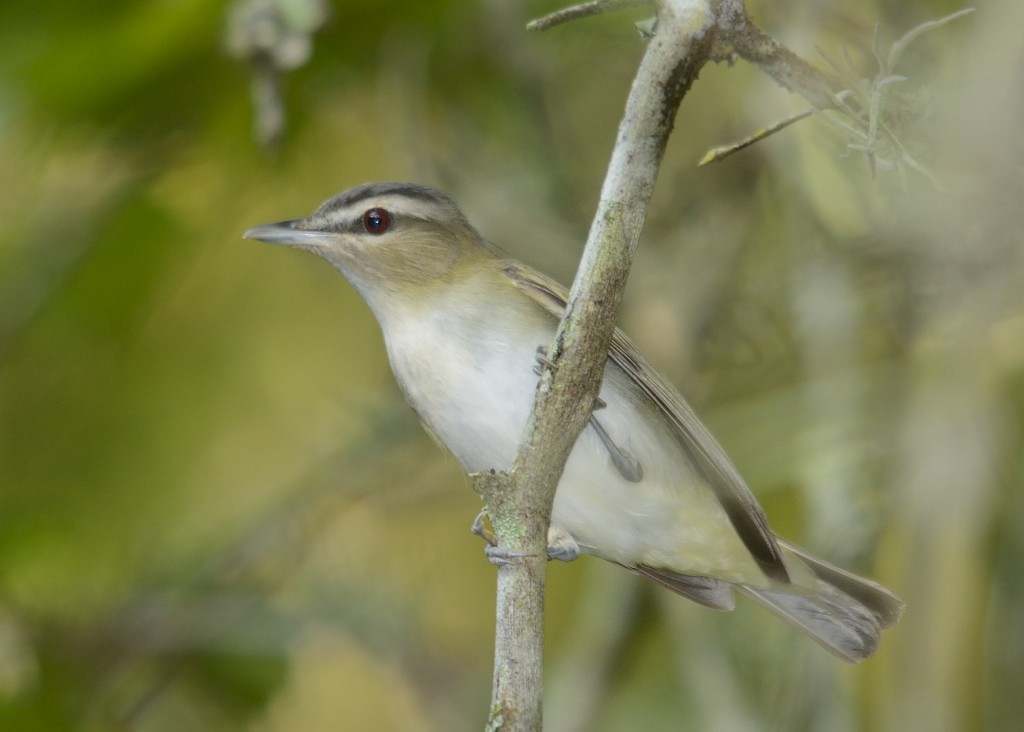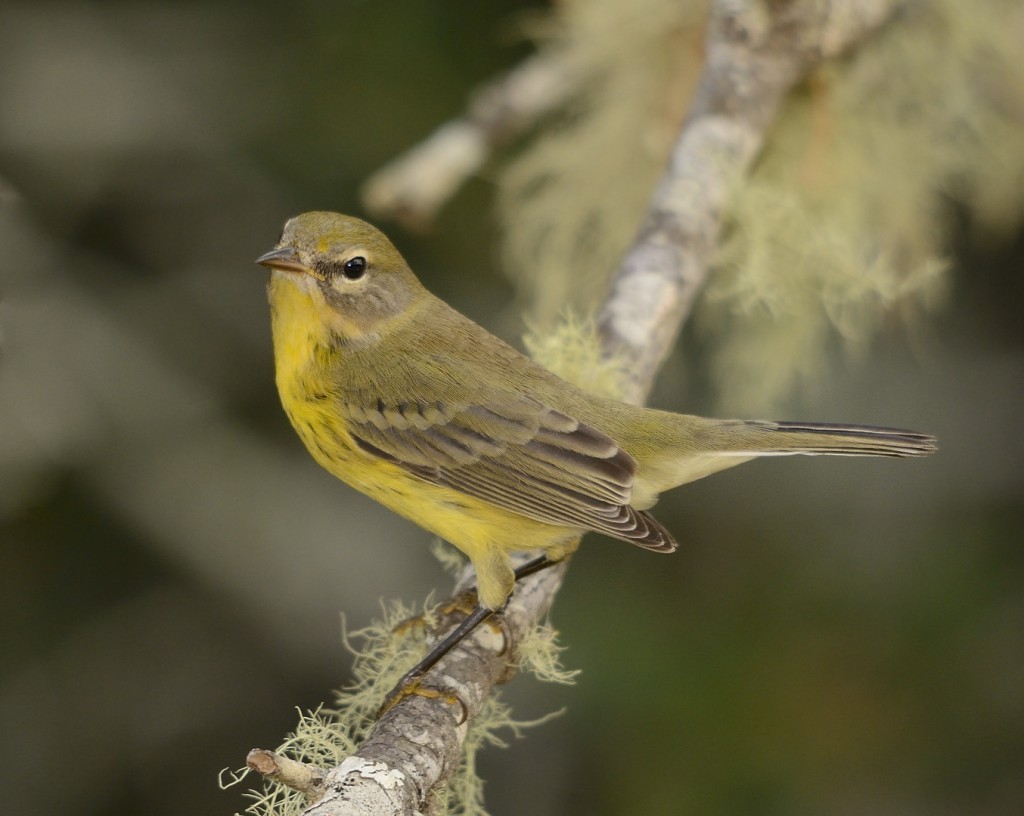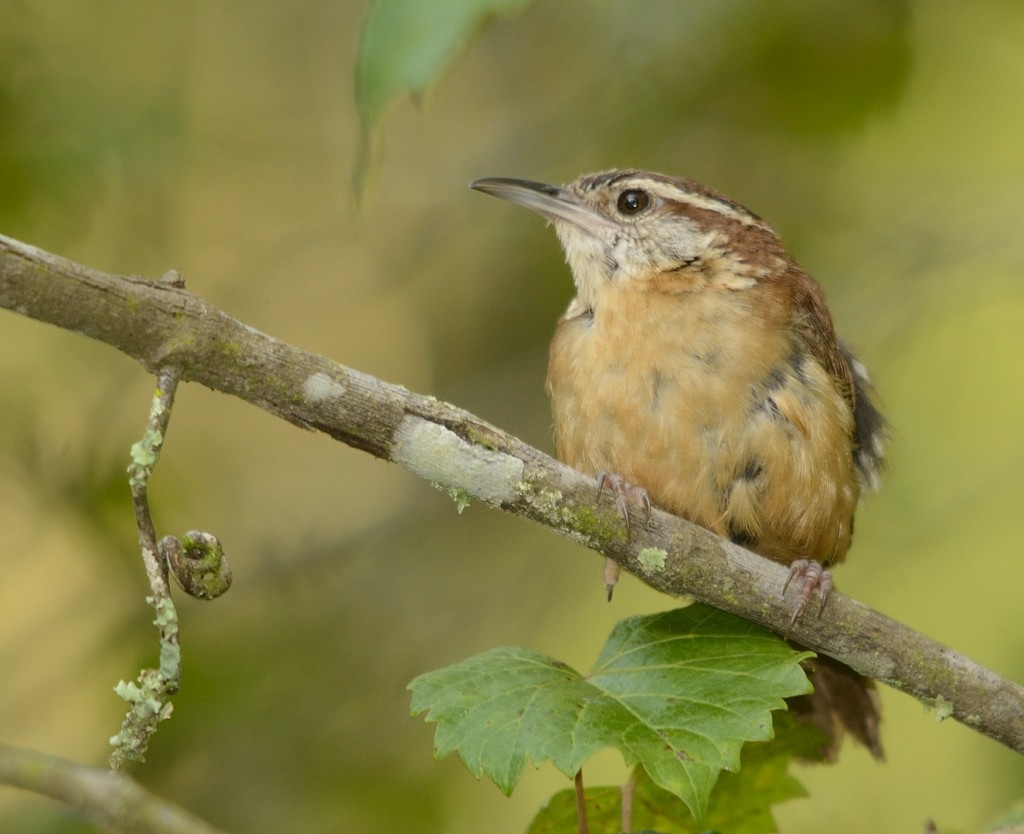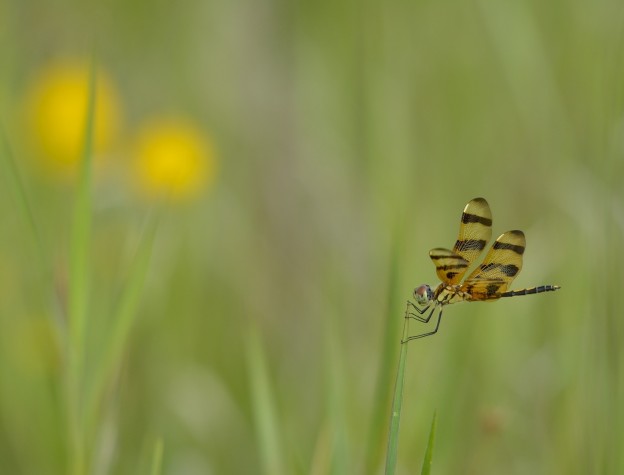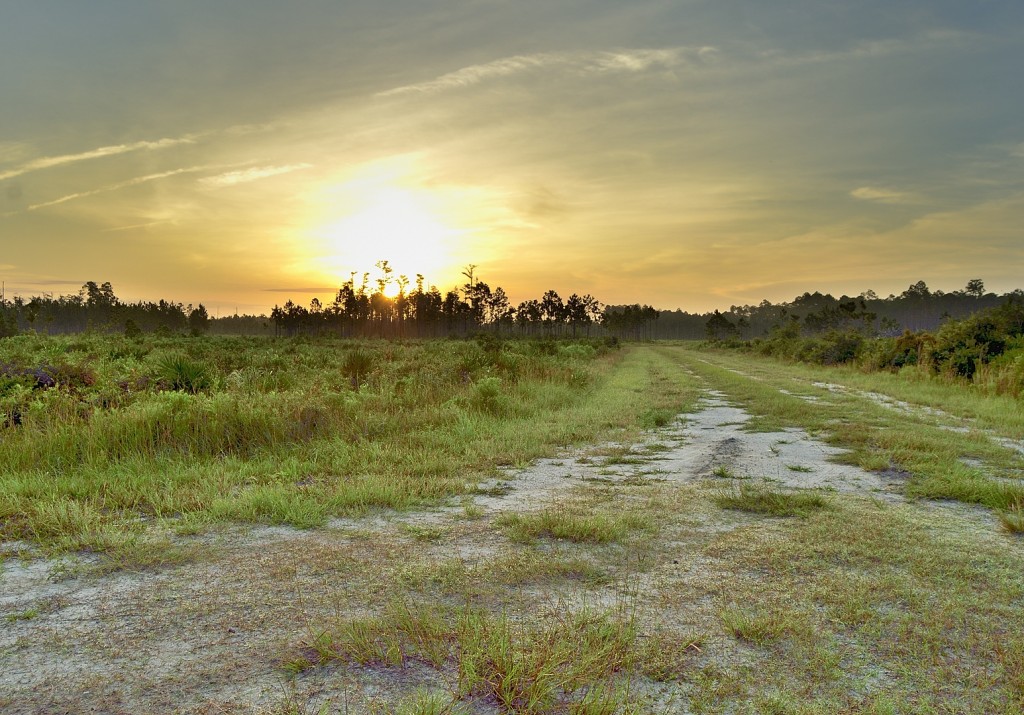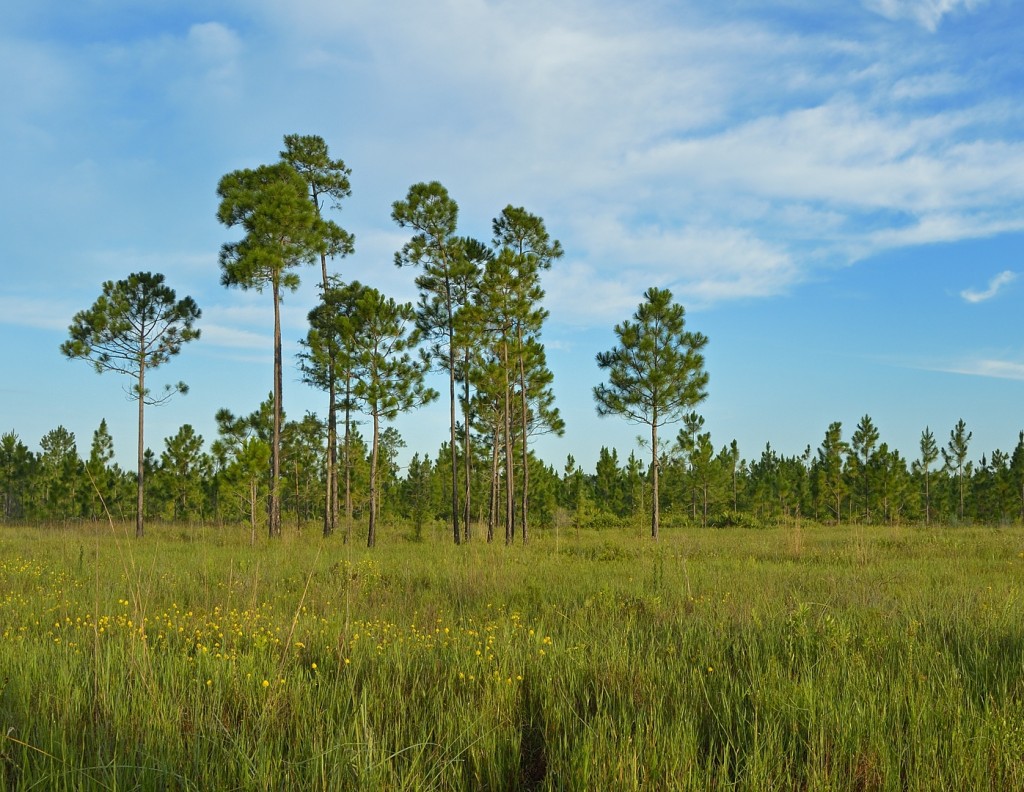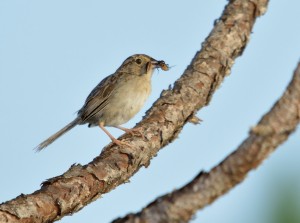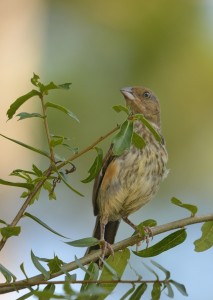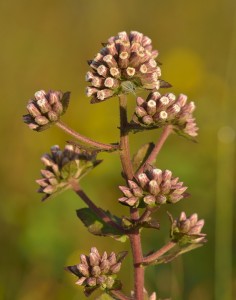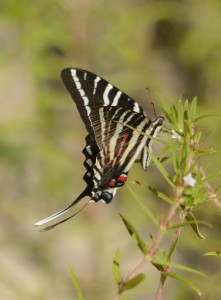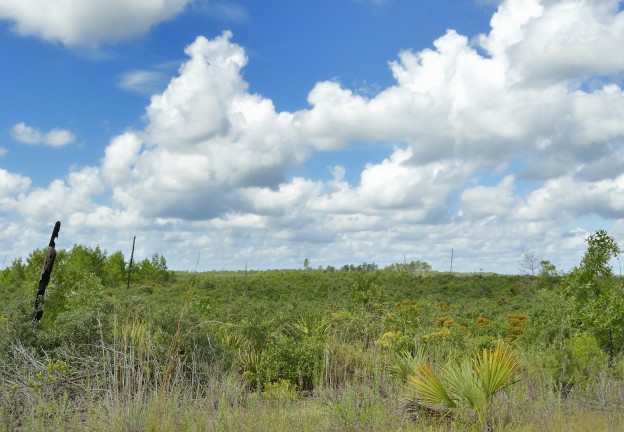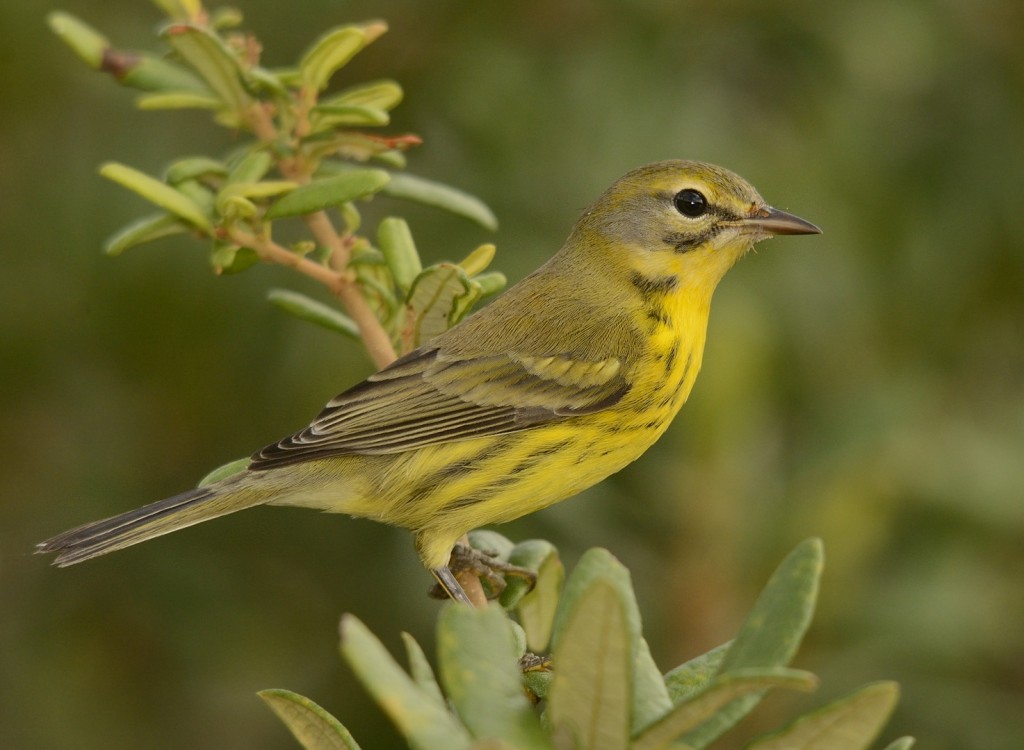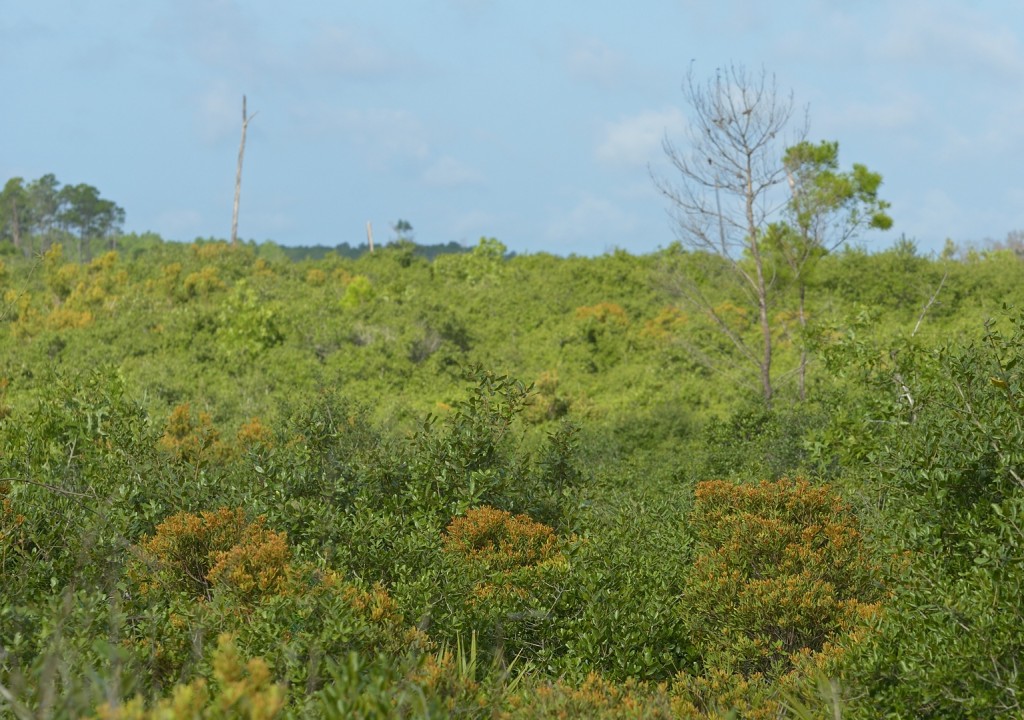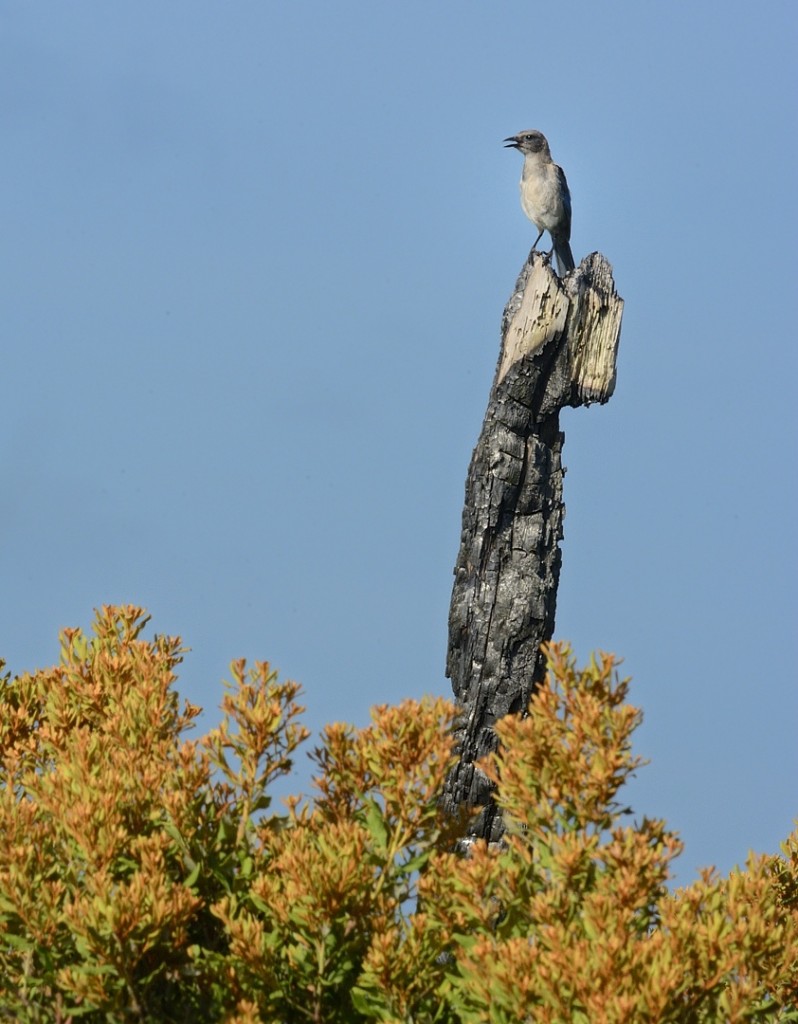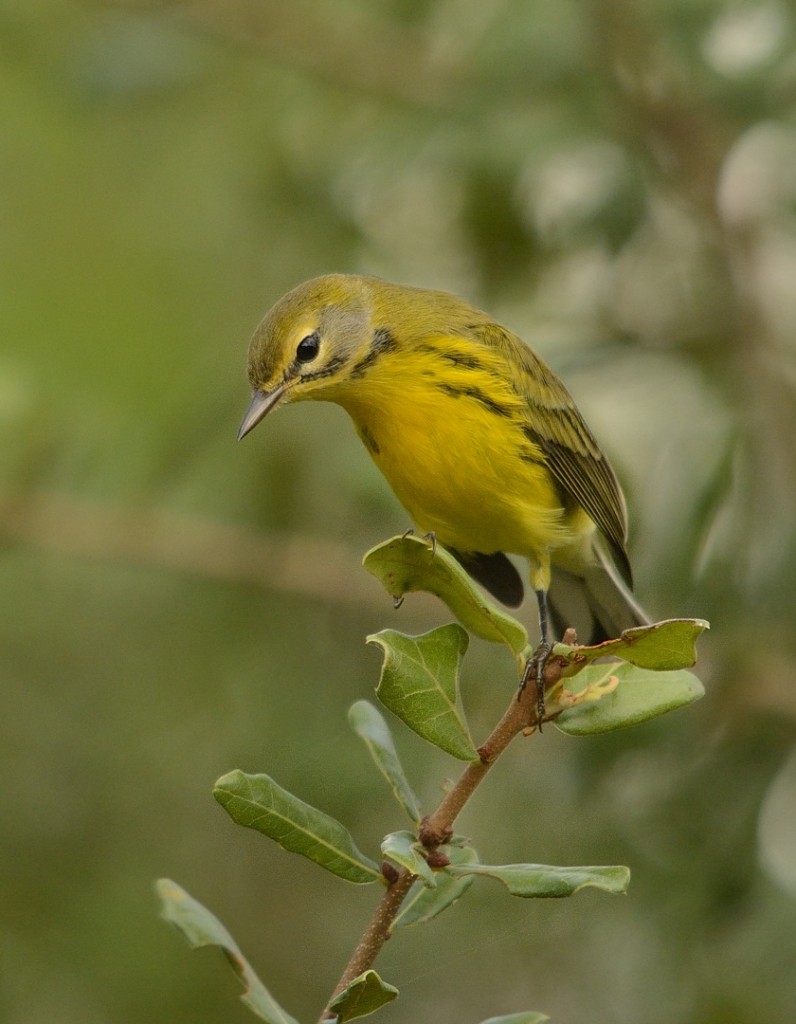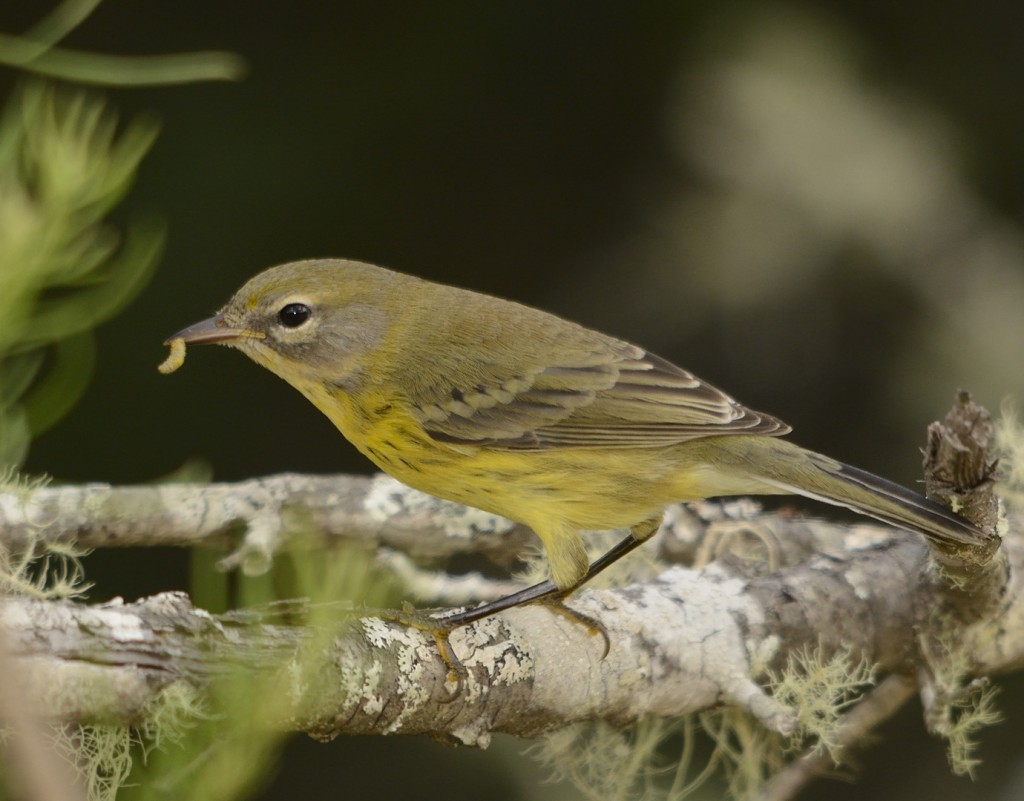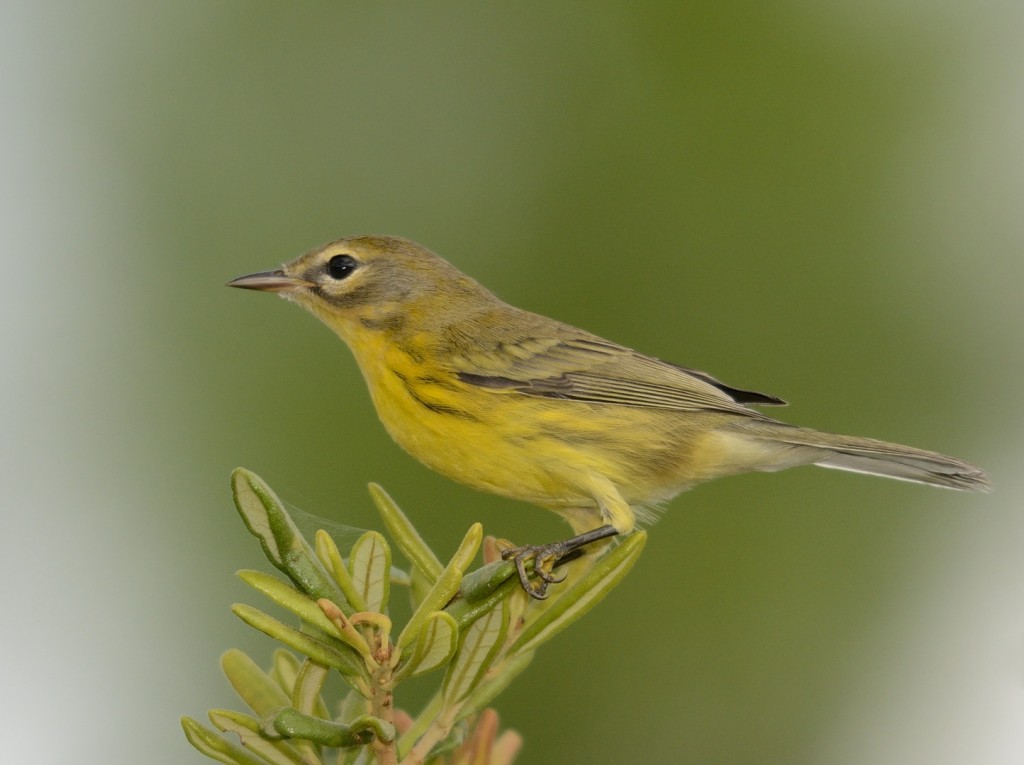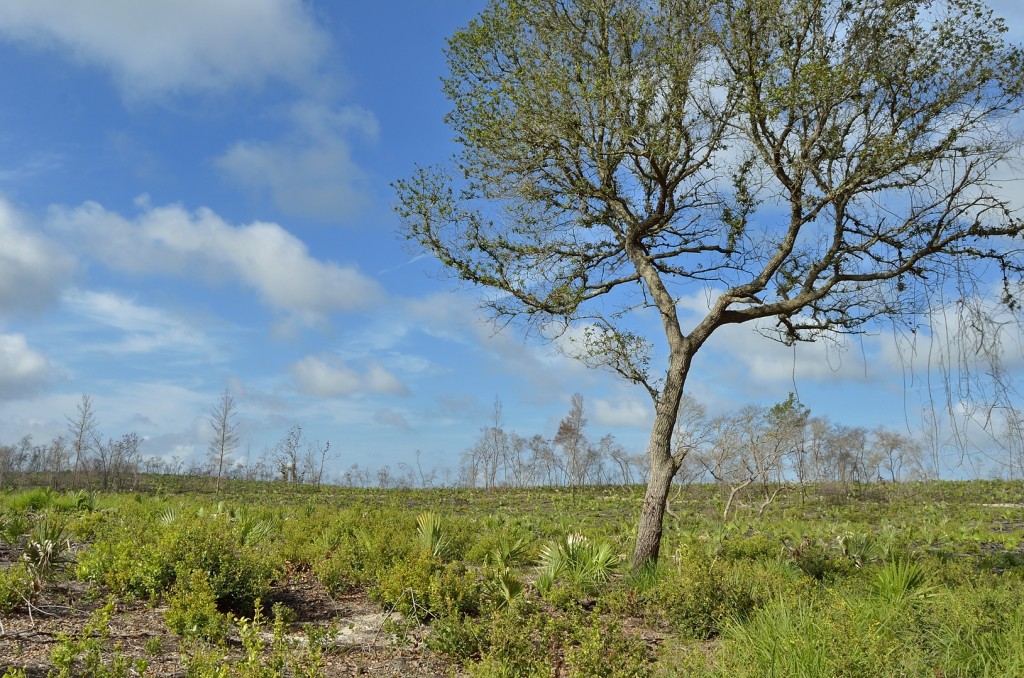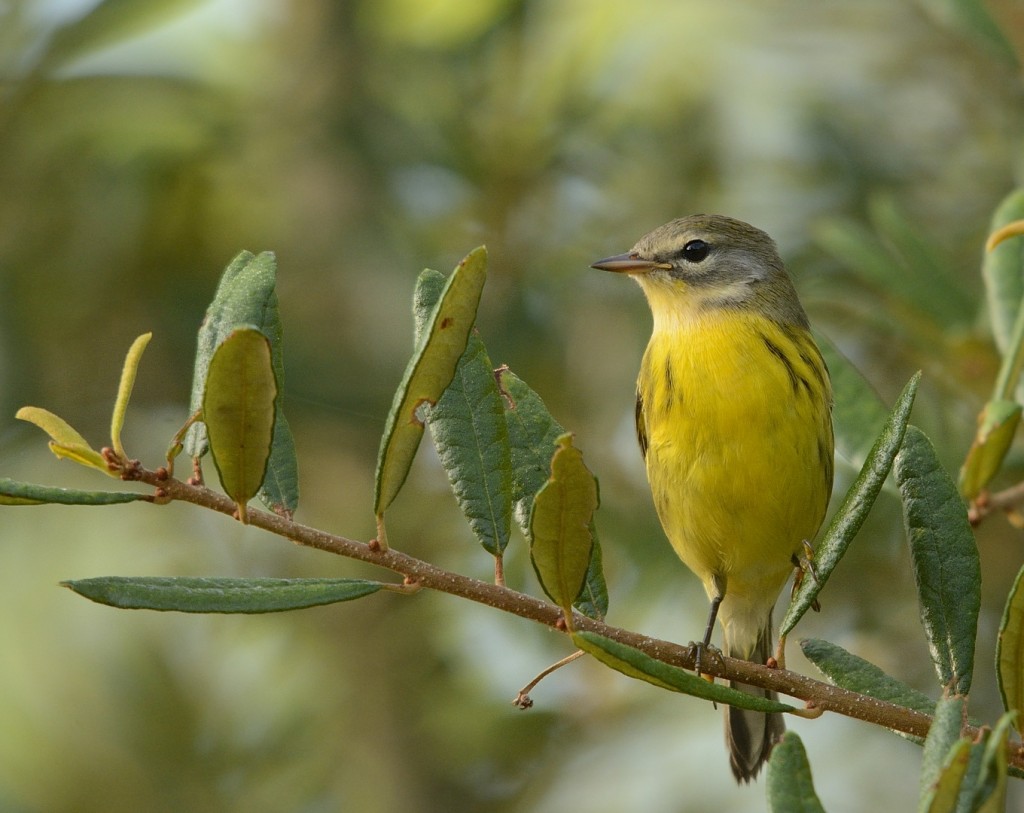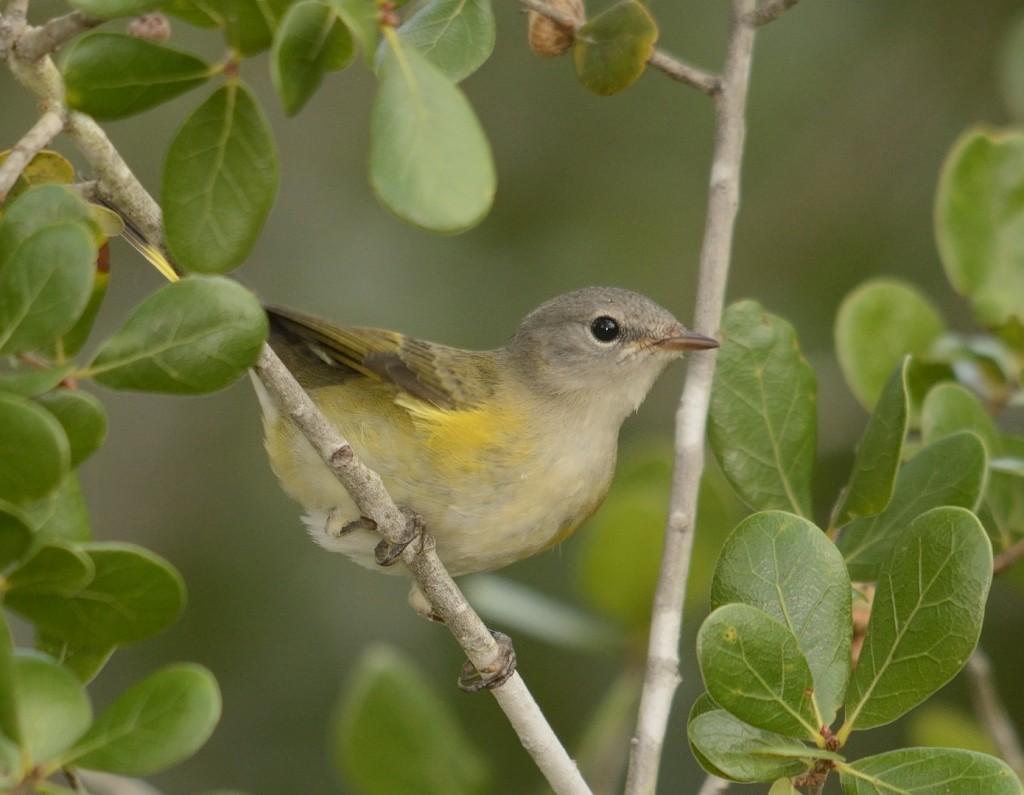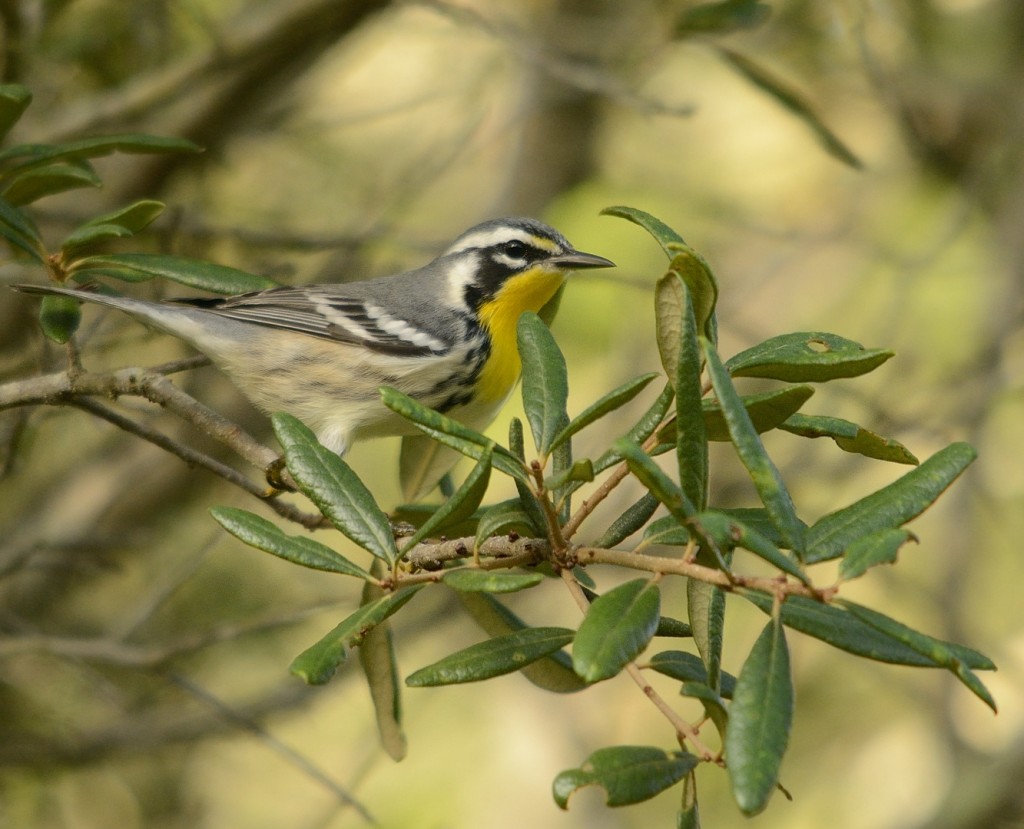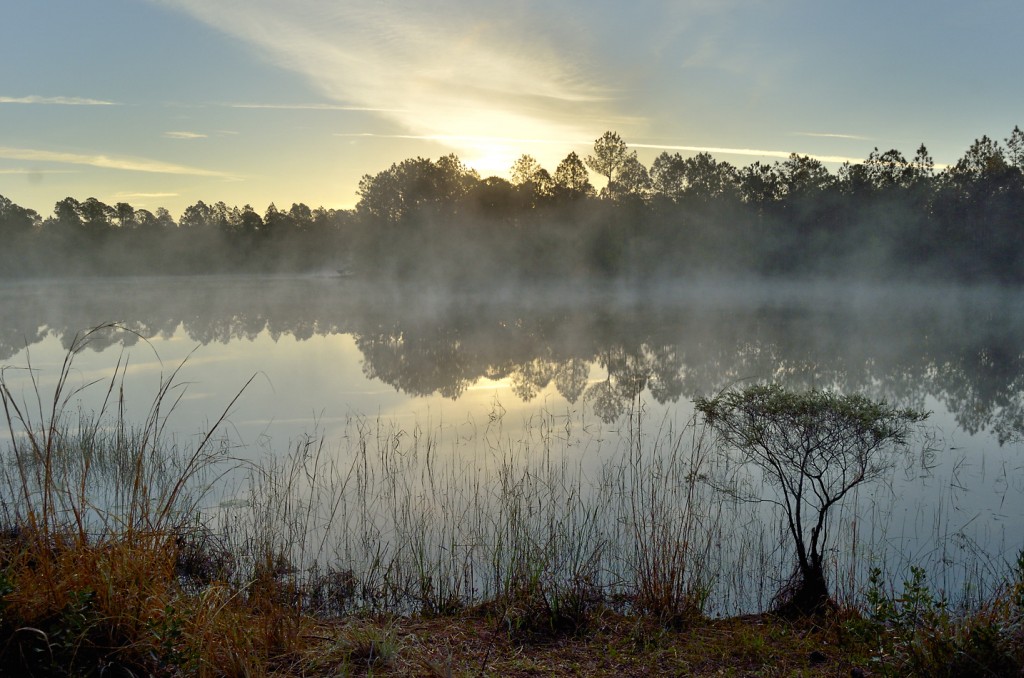August 8, 2013
I like plant ecologists and botanists. Some of my best friends over the years have leaned towards the botanical. They have my sympathy, and my respect. There are just too many plants to keep track of. I’ve spent 30+ years in the terrestrial habitats typical of central and north Florida, and I still see plant species all the time about which I am totally clueless. That contrasts sharply with birds. I’m not a twitcher or big lister; I don’t even know what my life list totals. Not even in the ballpark, really. I haven’t taken the time to tally them up in over a decade. Still, I’m fairly confident that any bird I might ever encounter in Florida will be familiar to me somewhat, at least at a superficial level. Not saying that I would be able to identify any bird correctly, but at least I’d have a pretty good idea of what it was. Even if I were to someday encounter something as bizarre as the Bosque Del Apache NWR Rufous-necked wood rail seen a few weeks back in New Mexico, I would at least recognize it as a rail.
With plants though, I see stuff that mystifies me on a regular basis. This happened a couple of weeks ago when I was birding in Juniper Prairie Wilderness and noticed an abundant roadside plant with profuse pink pom-pom clusters of flowers, scattered all along the roadsides. Absolutely could not miss seeing it. But I had no clue what it was. No recollection of ever seeing it before, which doesn’t necessarily mean that I hadn’t seen it before. But it’s always something of a shock when this happens in a habitat or area I visit fairly frequently. How could I have not noticed this incredibly apparent plant before?
Then comes the ID dance of uncertainty. I learned plant taxonomy from Radford, Bell and Ahles’ classic book, Manual of the Vascular Flora of the Carolinas, so I know how to use a dichotomous key. But I’ll do nearly anything to avoid it. These days, the more appropriate manual for me is Wunderlin’s Guide to the Vascular Plants of Central Florida, but I’m even more averse to using that book. At least Radford, Bell and Ahles supplemented their ubiquitous and sometimes interminable keys and descriptions with clear, accurate line drawings of many of the plant species; the Wunderlin flora is all keys and text descriptions. Even if I follow a key to what I think might be a correct ID, there’s no picture there to confirm it. I’m left flummoxed and uncertain.
I’m an image-oriented dude. Dichotomous keys are to be used only as an absolute last resort when I can’t match the plant to a clear, preferably color, photograph of the species I’m seeking to identify. The sad fact is that there is not one image-based field guide to the flora of Florida that comes anywhere close to complete coverage. Identifying a new plant is a multi-step process. Check the field guides I have available, and if I’m really lucky, it will be there. If not, the ISB (Institute for Systematic Botany) website, but that’s only useful if I have a guess or two about family or genus to begin refining the search. If all else fails, I fall back on my consulting botanist. I like botanists and plant ecologists.
Dalea feayi is the roadside plant in question. It took me a couple of weeks and a couple of visits to Juniper Prairie to finally figure it out. Shameful, but true. I am at best a marginal field botanist. Dalea feayi is a small but conspicuous plant in the family Fabaceae, the legumes. My first impression, though, was that it was a composite (in the family Asteraceae), partly because of the tightly packed heads of small pink flowers, and partly because it is a mid-late summer bloomer. The diversity of composites blooming in Florida increases in the fall, and many of the fall-flowering species are pink, lavender, or purple. Think Garberia, Liatris, Carphephorus, Vernonia, and so on. But in fact, Dalea feayi, or Feay’s prairie clover, is a legume, which I eventually figured out by following the tortuous path described above.
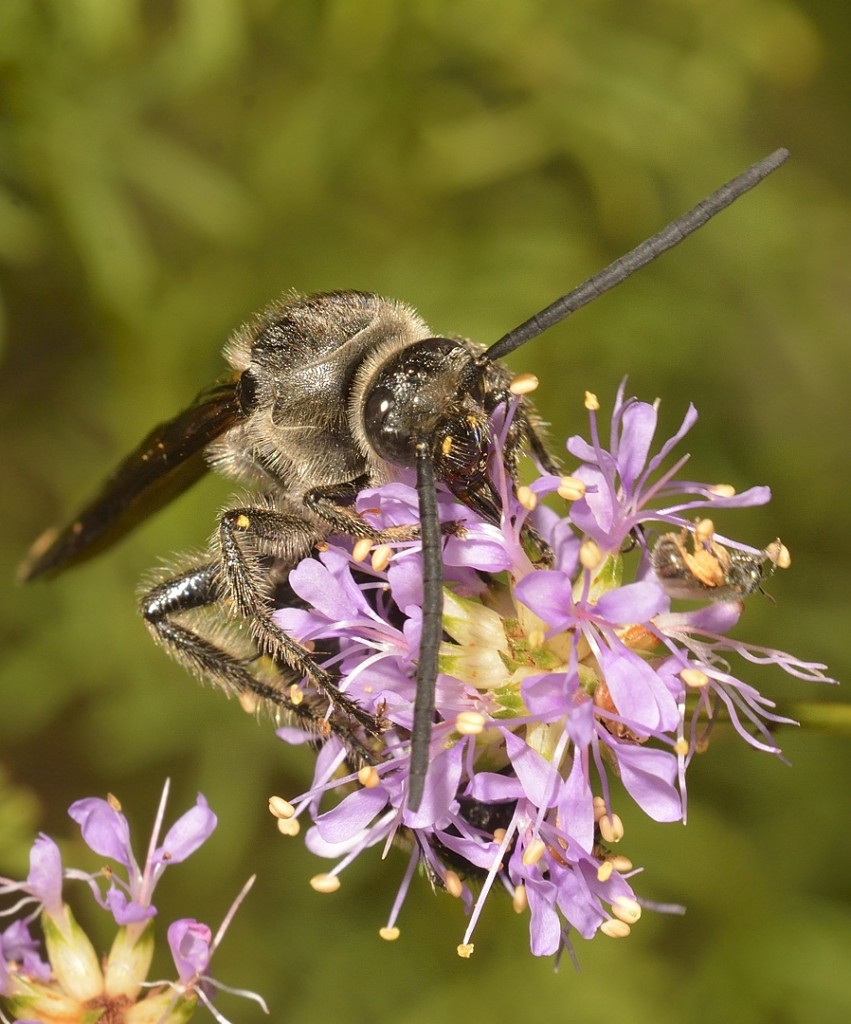
A scoliid wasp (Family Scoliidae) in the genus Campsomeris. Perhaps either C. plumipes or quadrimaculata.
And what a cool legume it is. Like many composites, which generally produce a concentration of relatively small flowers packed into a compact inflorescence, Dalea attracts a wide range of insect visitors. Some pollinators, some probably not. Not every insect that visits a particular flower species is an effective pollinator for that plant. Pollinator/visitor diversity and abundance are strongly related to two characteristics of the flower – the length of the flower tube or dish (corolla), and the energetic rewards available to the insect visitors. Flowers with long, tubular corollas exclude insects with short mouthparts, like many bees, and restrict access to those with long, tubular mouthparts, like butterflies. The small, open individual flowers on a Dalea inflorescence are accessible to most nectar-feeding insects. And though the amount of nectar available per flower can be minuscule (a few 1000ths of a microliter, in some composites, for example), the concentration of many minute, low-reward flowers in a small space means that foragers can exploit tens, hundreds, or in some cases thousands of individual flowers with very little movement. Lots of small volumes of nectar, coupled with low energy costs while feeding, combine to make foraging at these flowers an energy-yielding process, even for relatively large insects with greater energy demands. For many nectar-feeders, a burst of easily metabolized, energy-rich nutrients (sugar, mainly) is the main goal of the behavior.
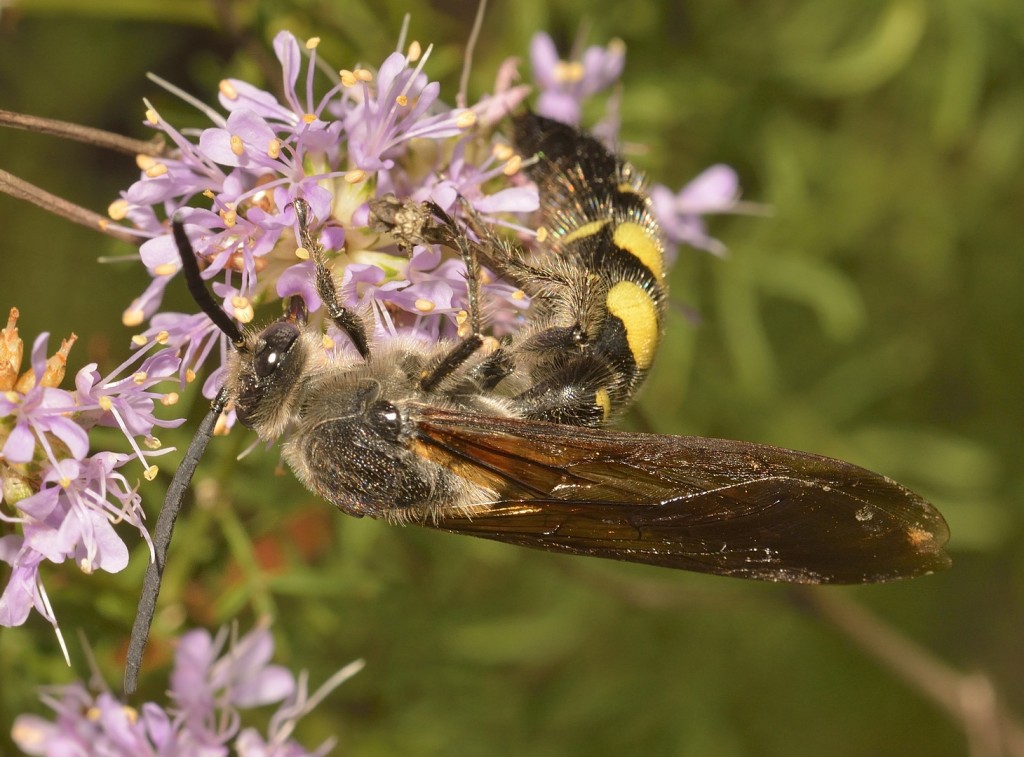
A scoliid wasp (Family Scoliidae) in the genus Campsomeris. Perhaps either C. plumipes or quadrimaculata.
The visitors pictured here represent just a small proportion of the complete range of diversity I saw during just an hour or so of photographing a big patch of Dalea. Not photographed were many (> a dozen?) species of small bees that comprised the majority of visitors to these flowers. More accessible and enticing to me, though, was the big stuff. Butterflies and big bees and wasps. Of particular interest this morning were the zebra swallowtails, which were perhaps the mellowest zebras I’ve ever had the good fortune to photograph. These swallowtails, in my experience, are relatively infrequent flower foragers, compared to other swallowtails especially. And they are little butterfly rockets – they zip from one flower to another when feeding, never stop fluttering their wings, and typically don’t spend very long in one place. But the zebras at Dalea on this day were amazingly approachable, and persistent when foraging at a single plant cluster. To which I say, cool.
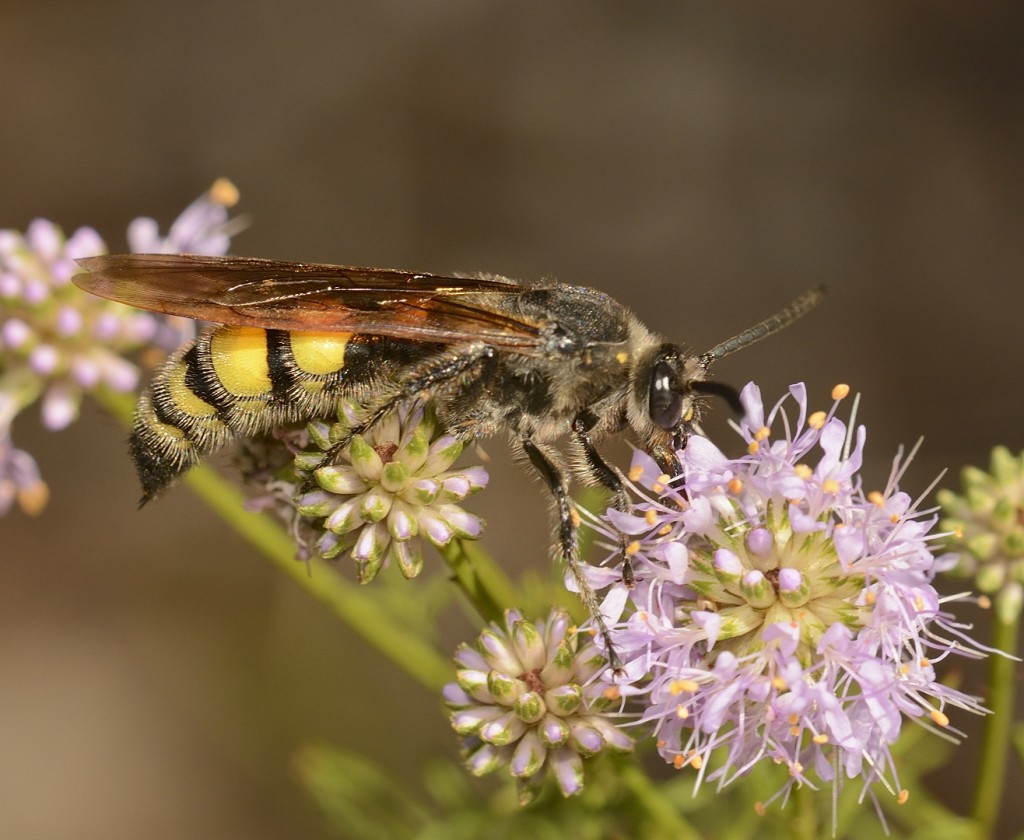
A scoliid wasp (Family Scoliidae) in the genus Campsomeris. Perhaps either C. plumipes or quadrimaculata.
The other visitors that got me equally excited were the big black and yellow Campsomeris wasps, in the family Scoliidae. These handsome, and intimidating, wasps have a fascinating life-history strategy – they provision their young with beetle larvae, especially scarabs. That’s not so unusual – lots of wasp groups paralyze prey of some type (spiders, caterpillars) and provision their nests with the living larder. The Campsomeris wasps are especially attractive to me simply because they are so big and colorful. I’m pretty easily amused by big, bright colorful things.
